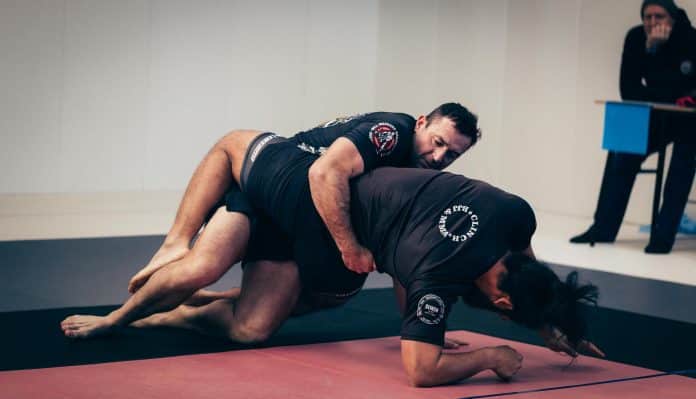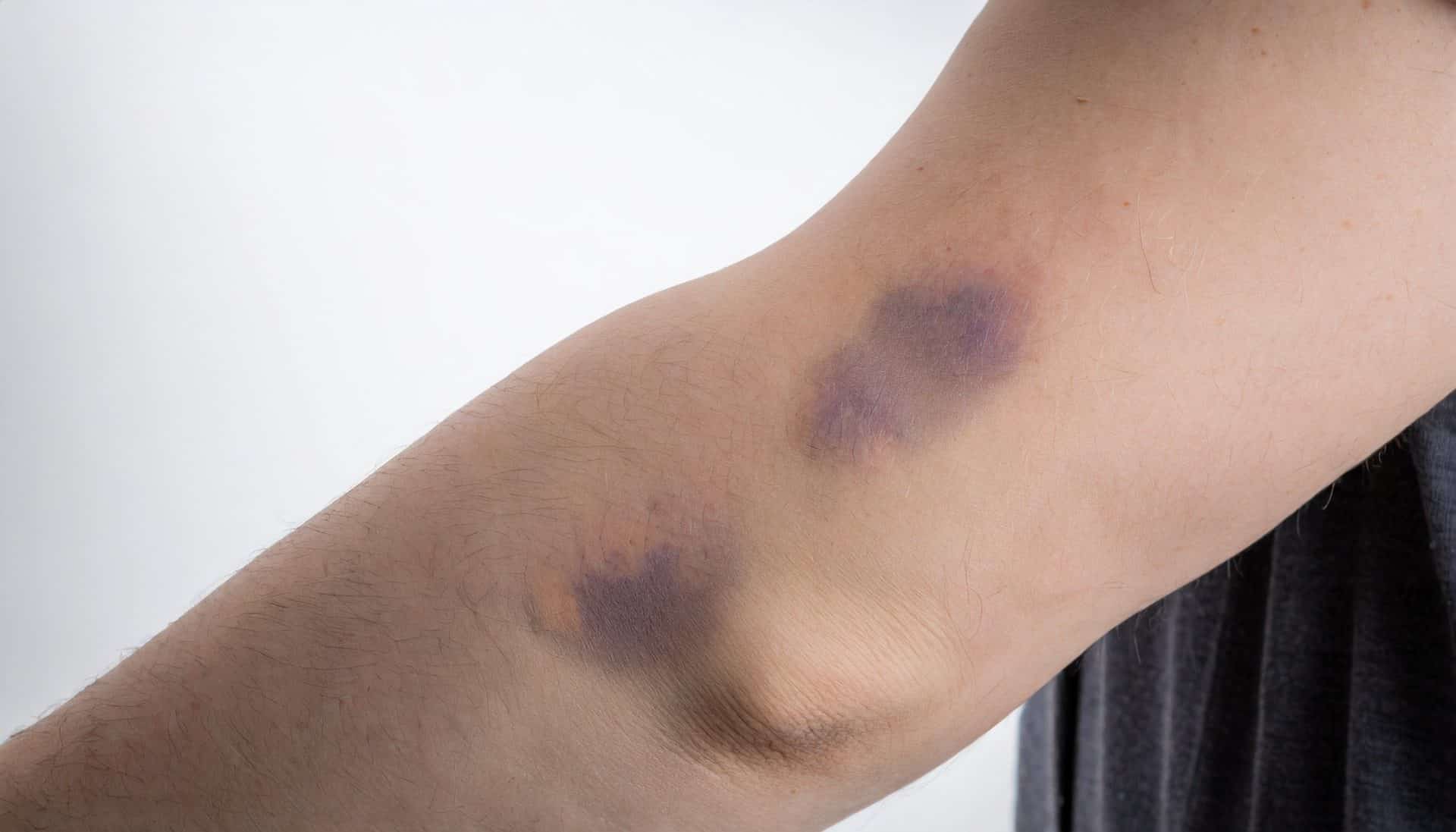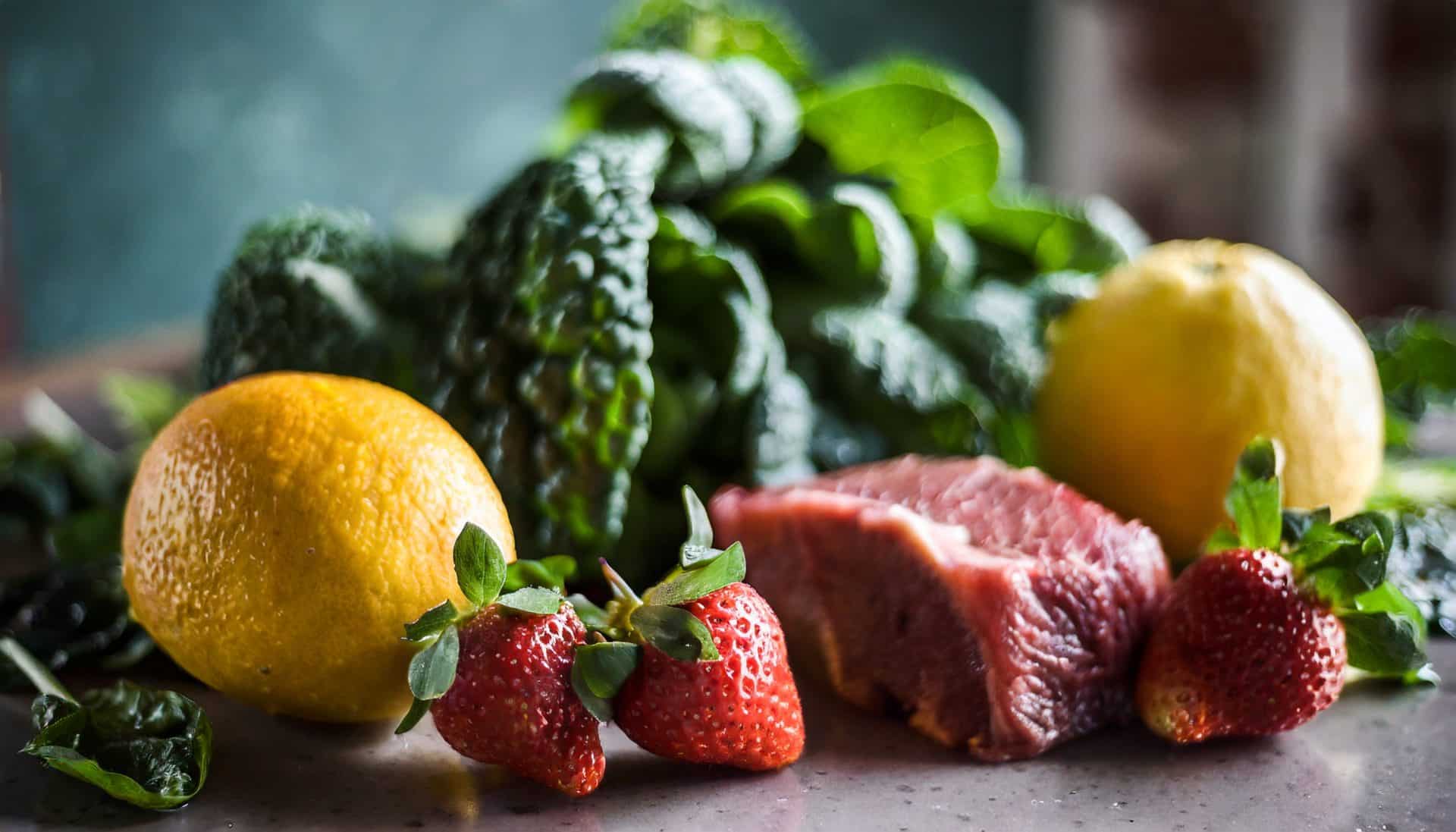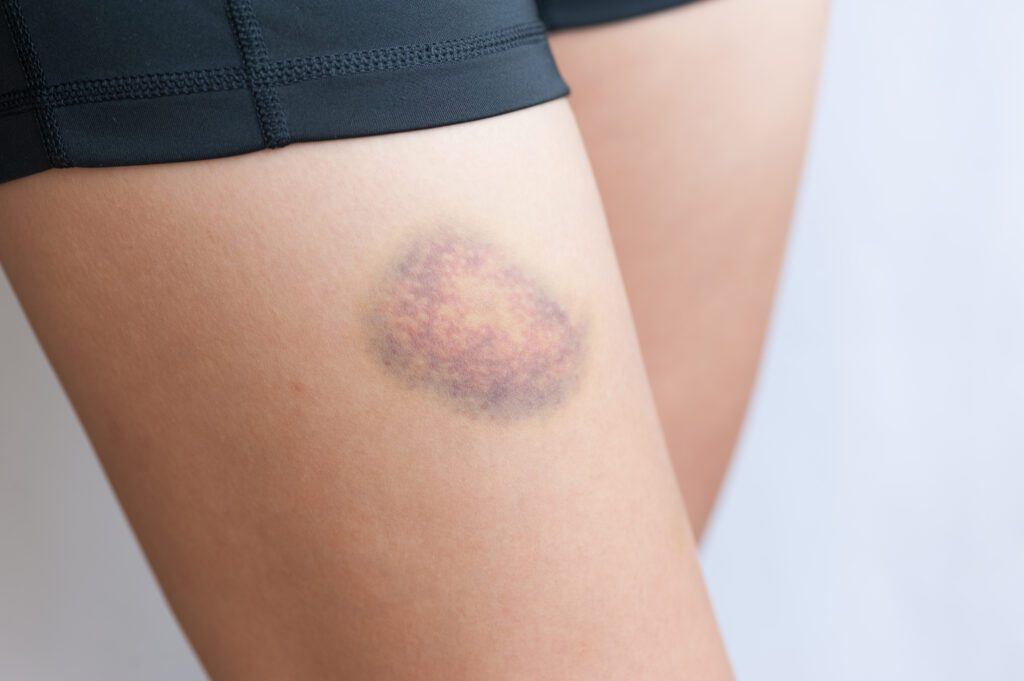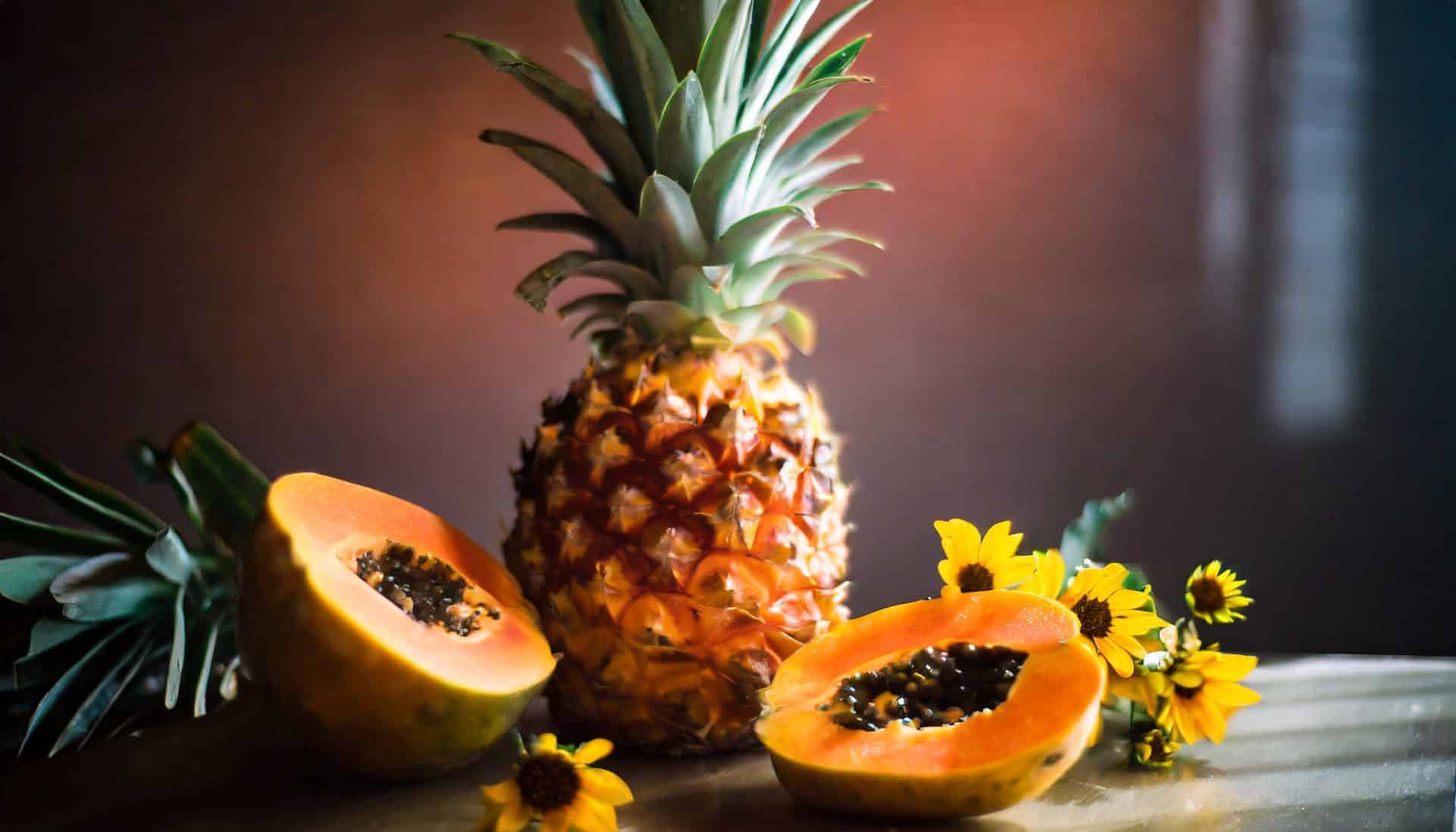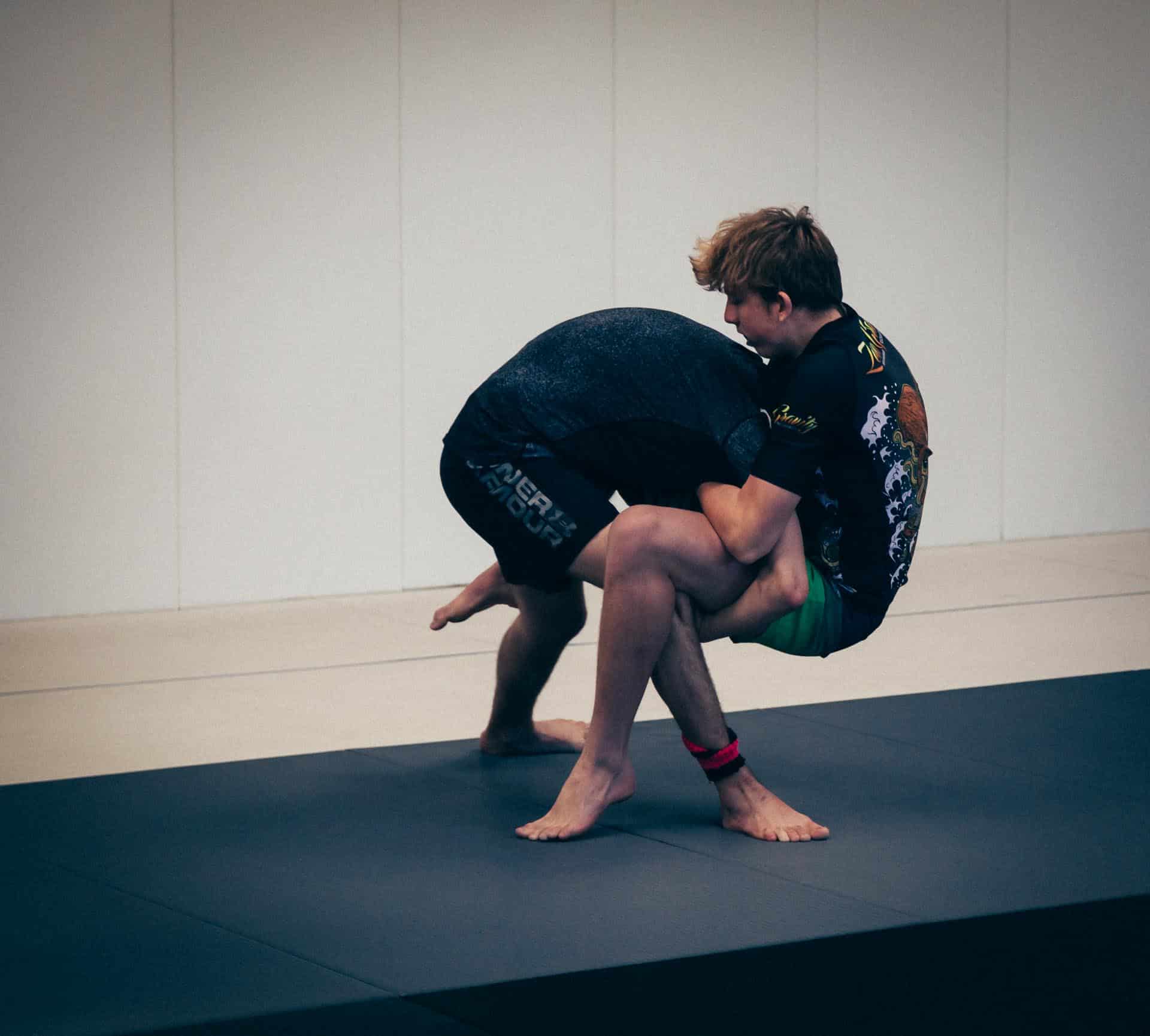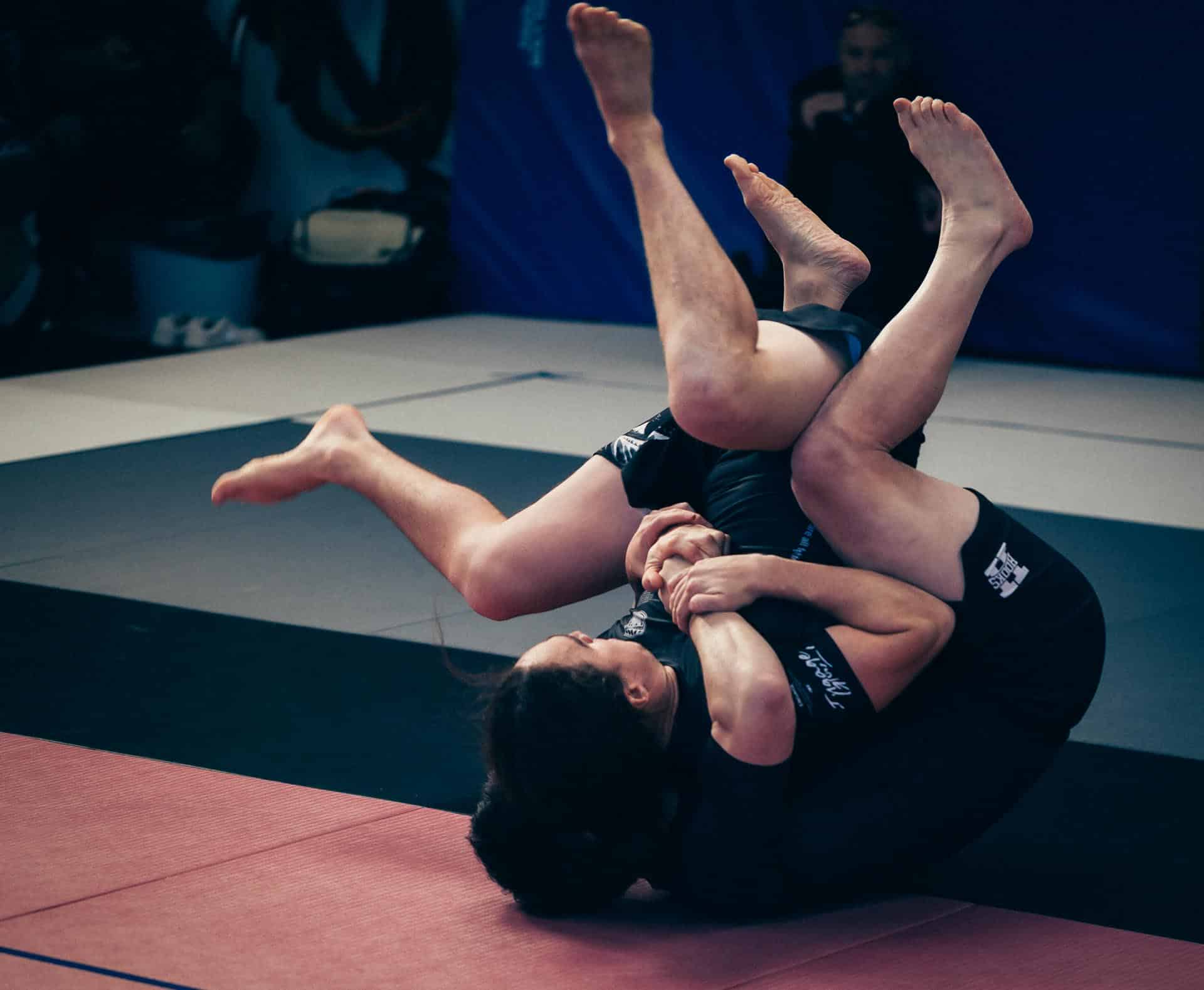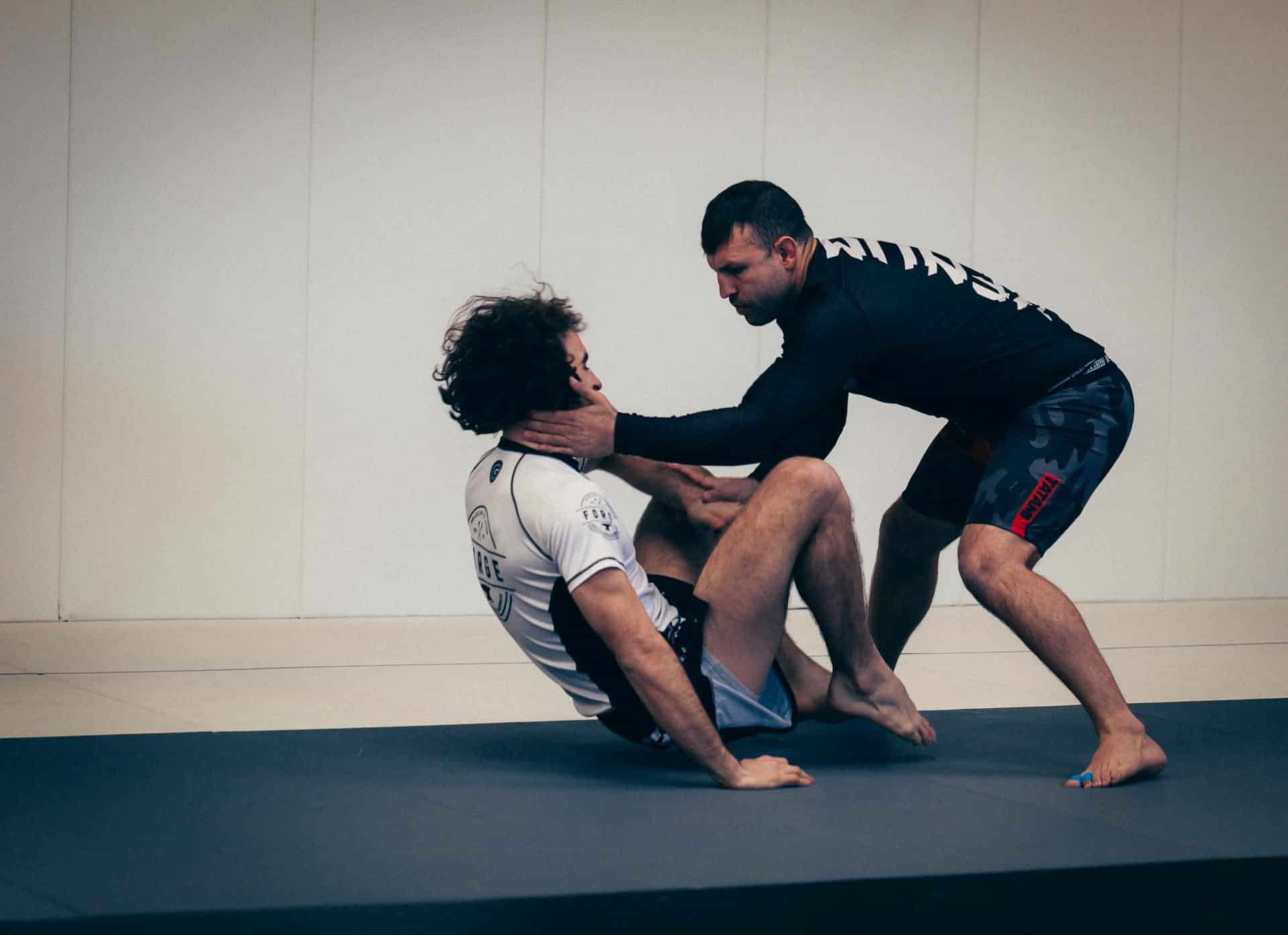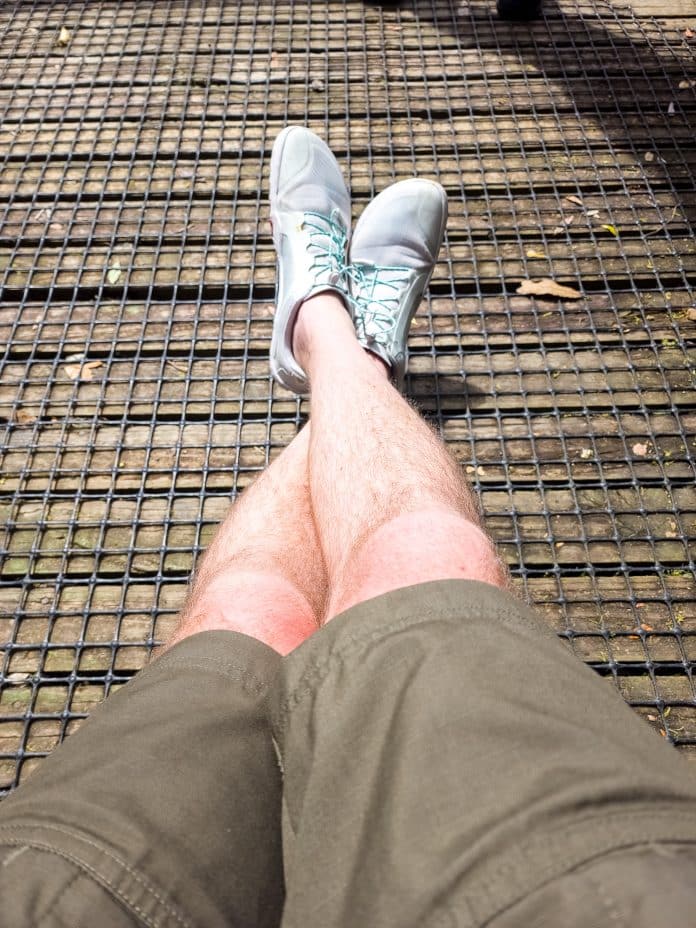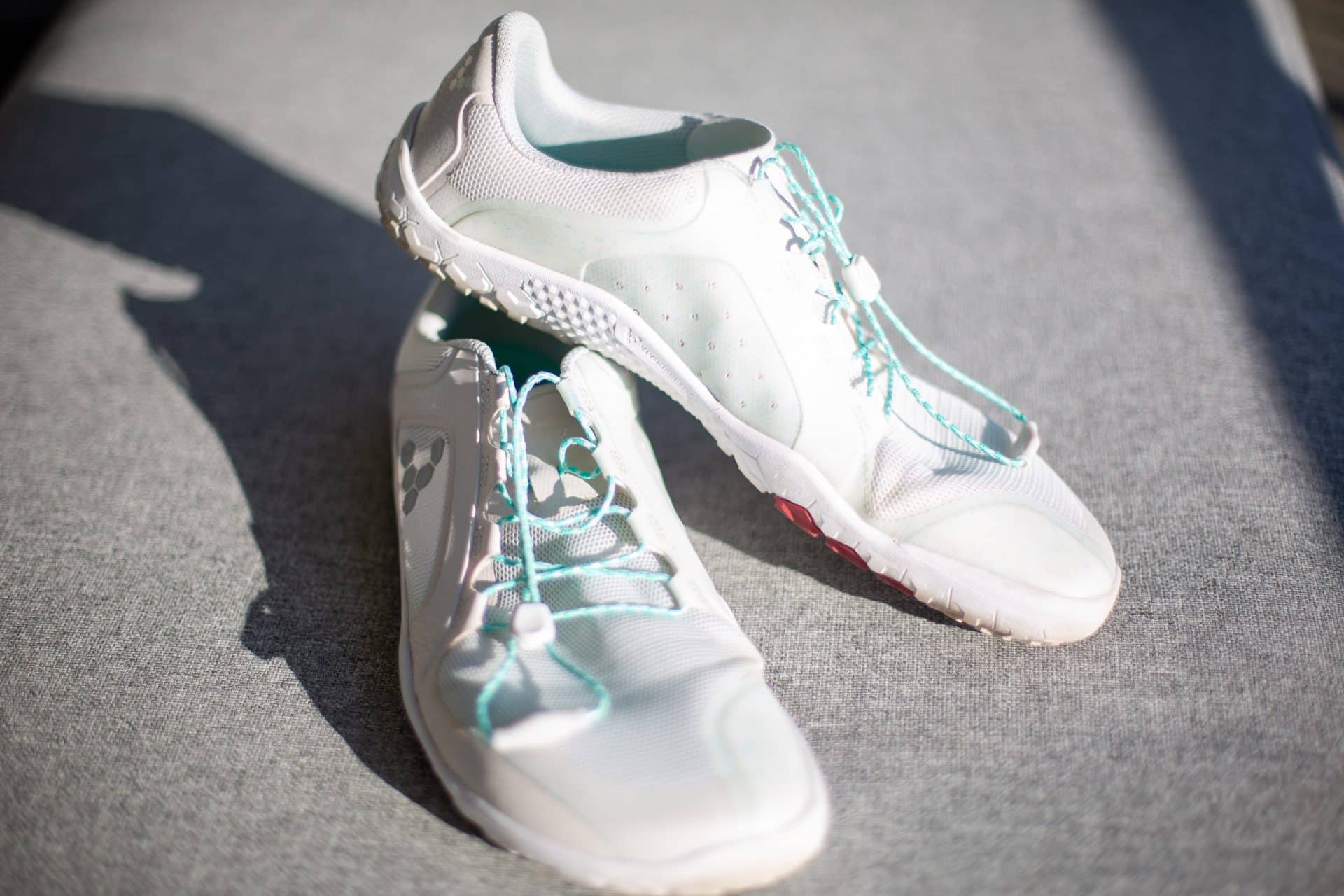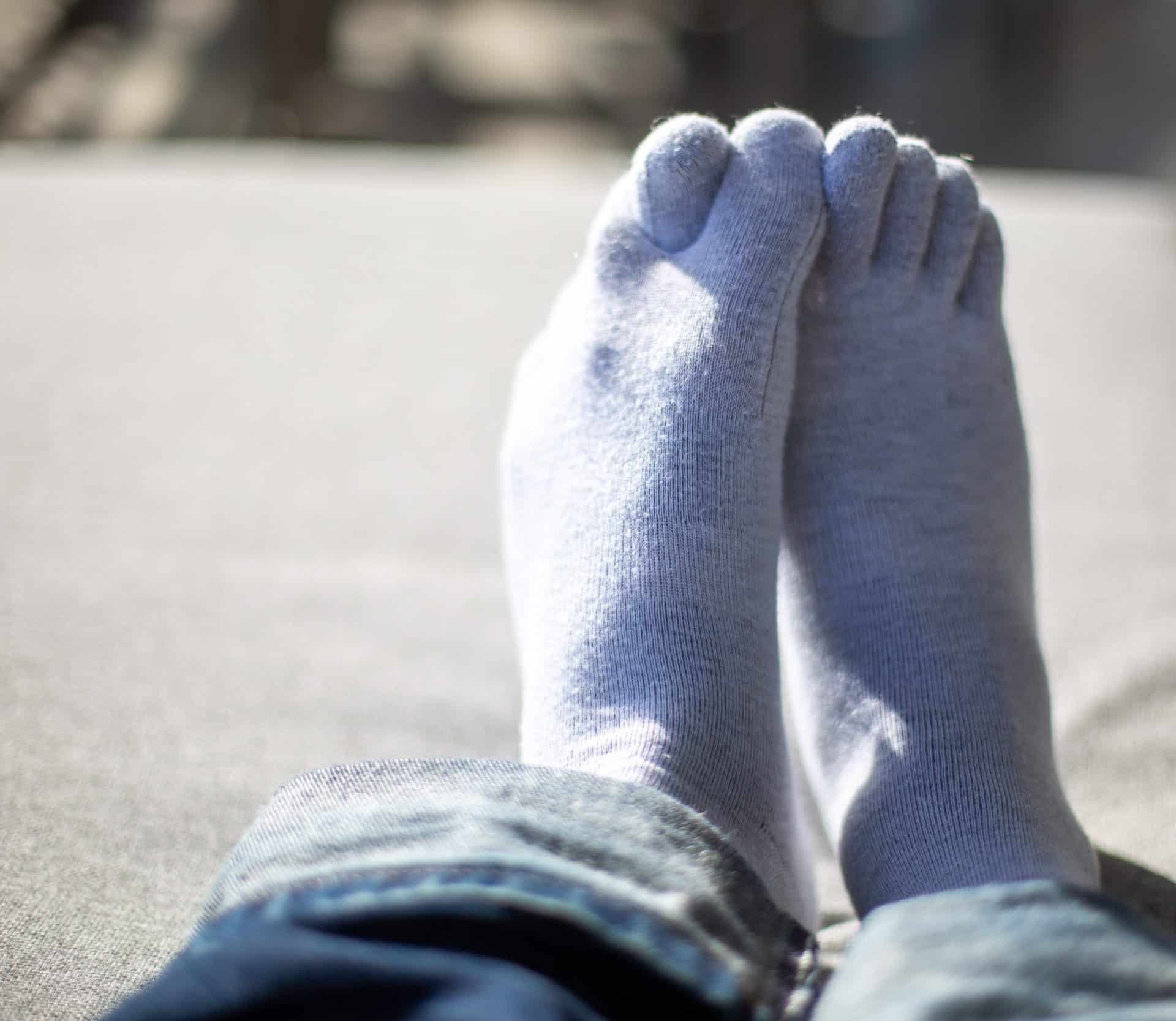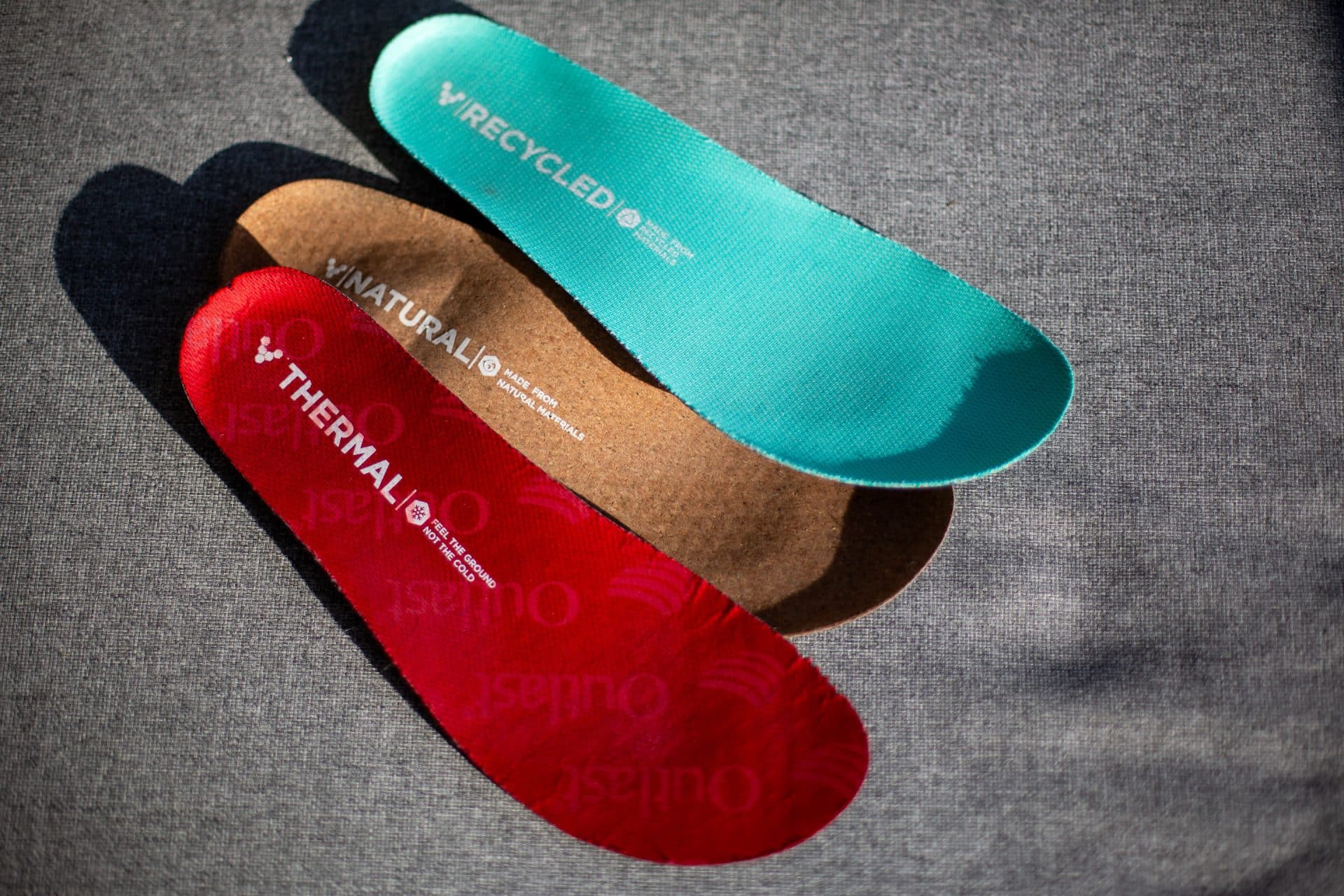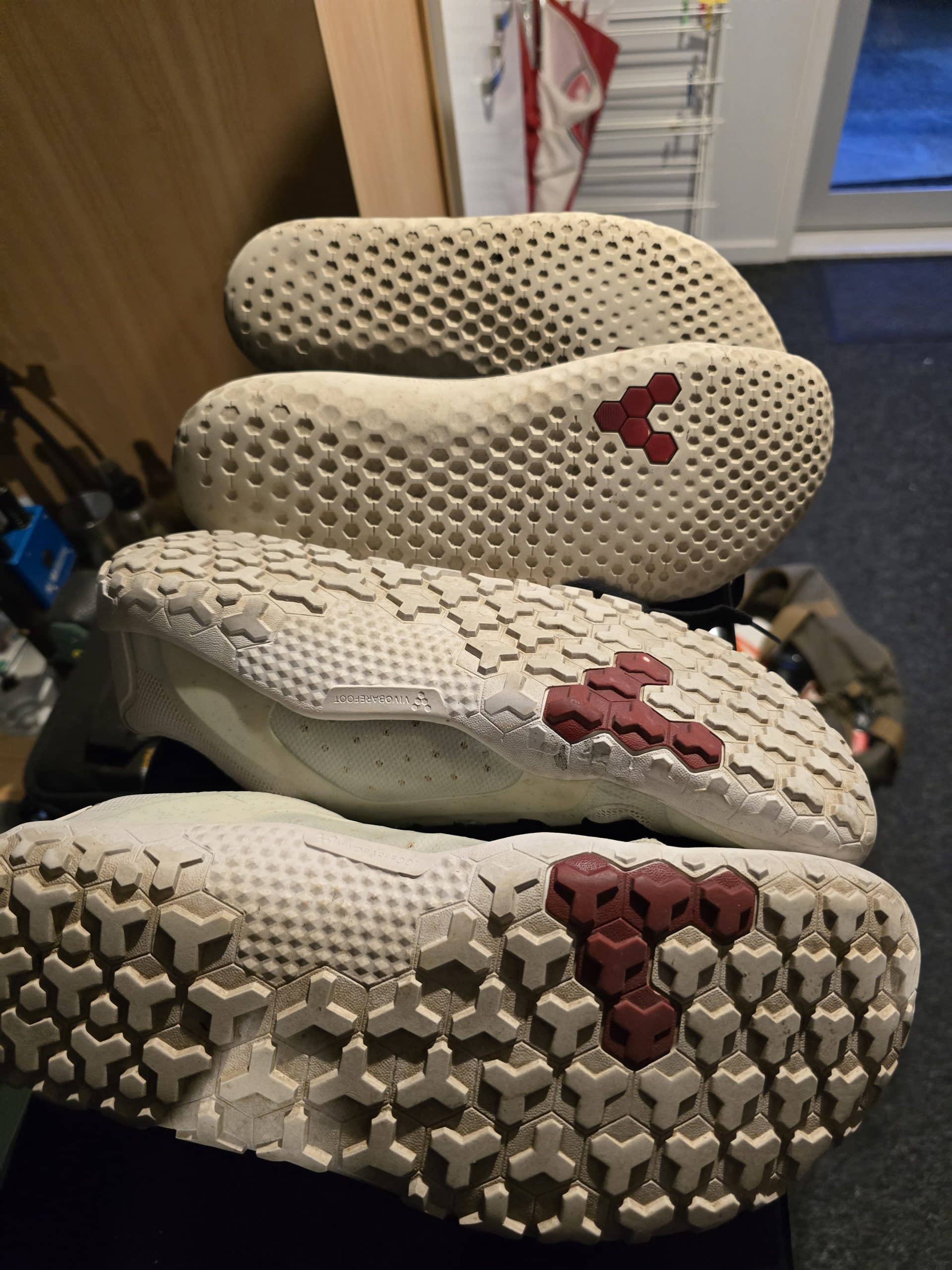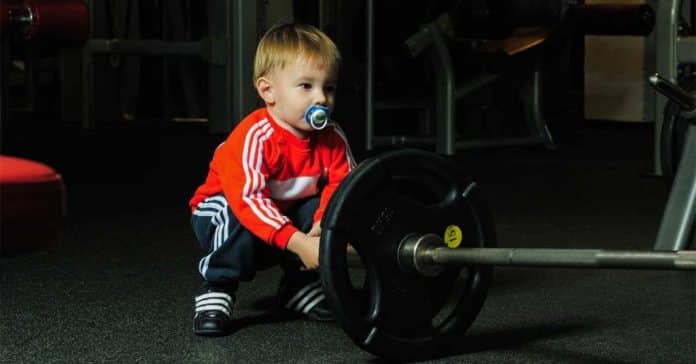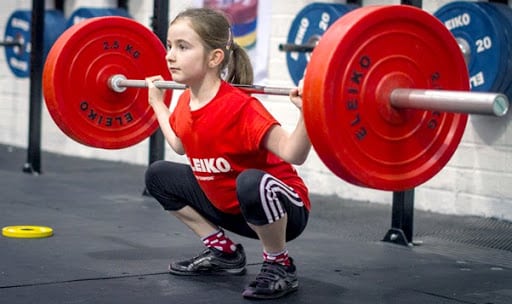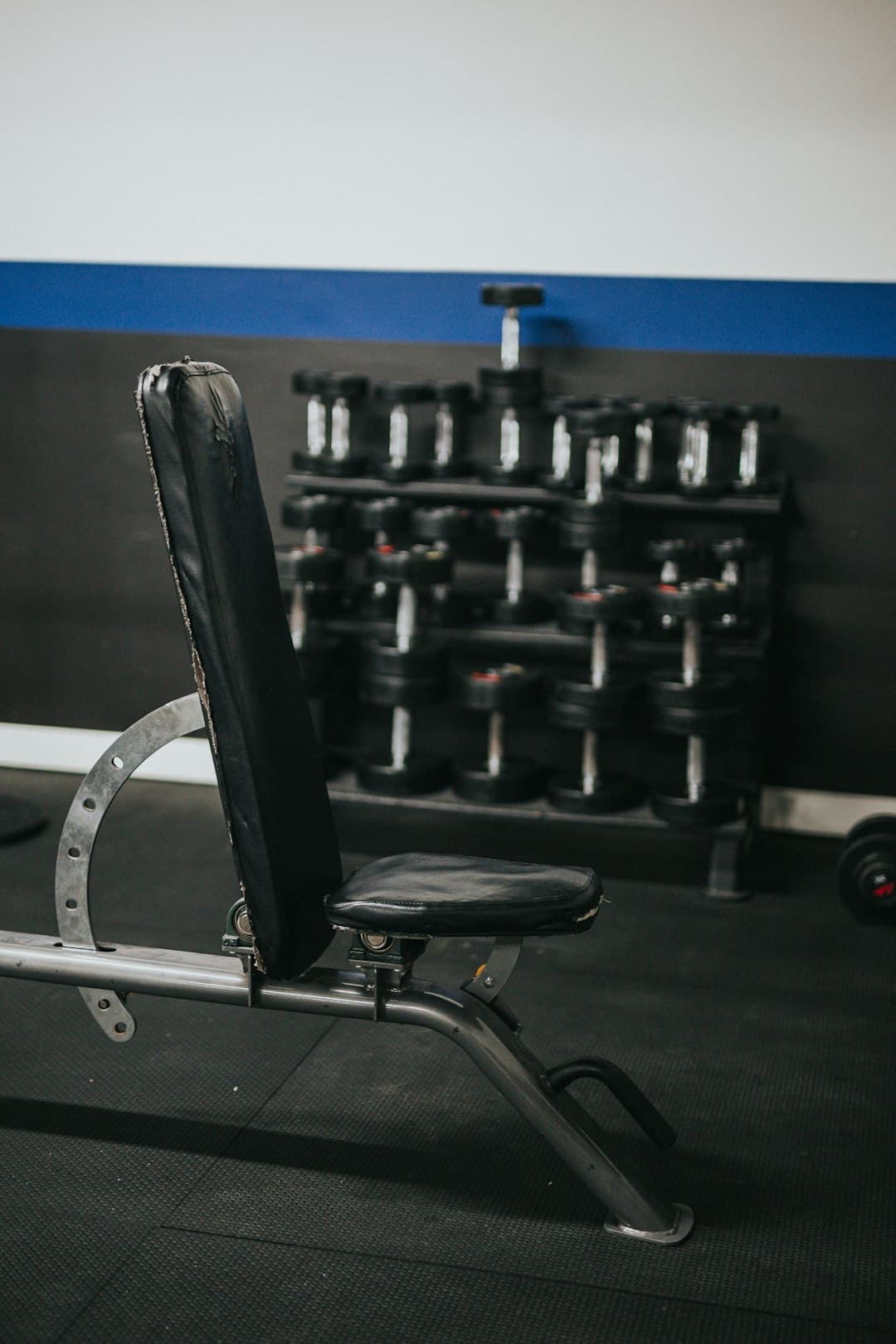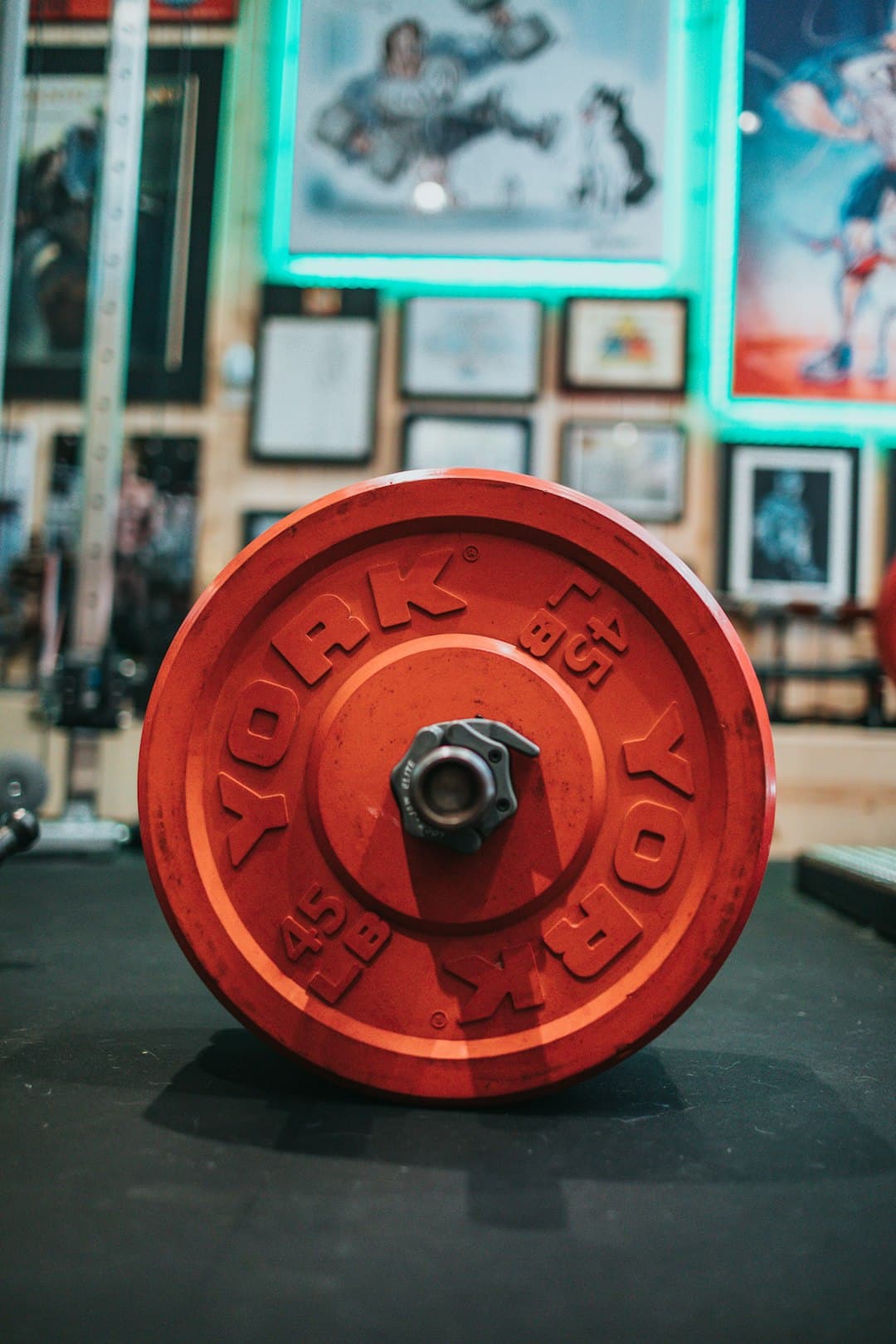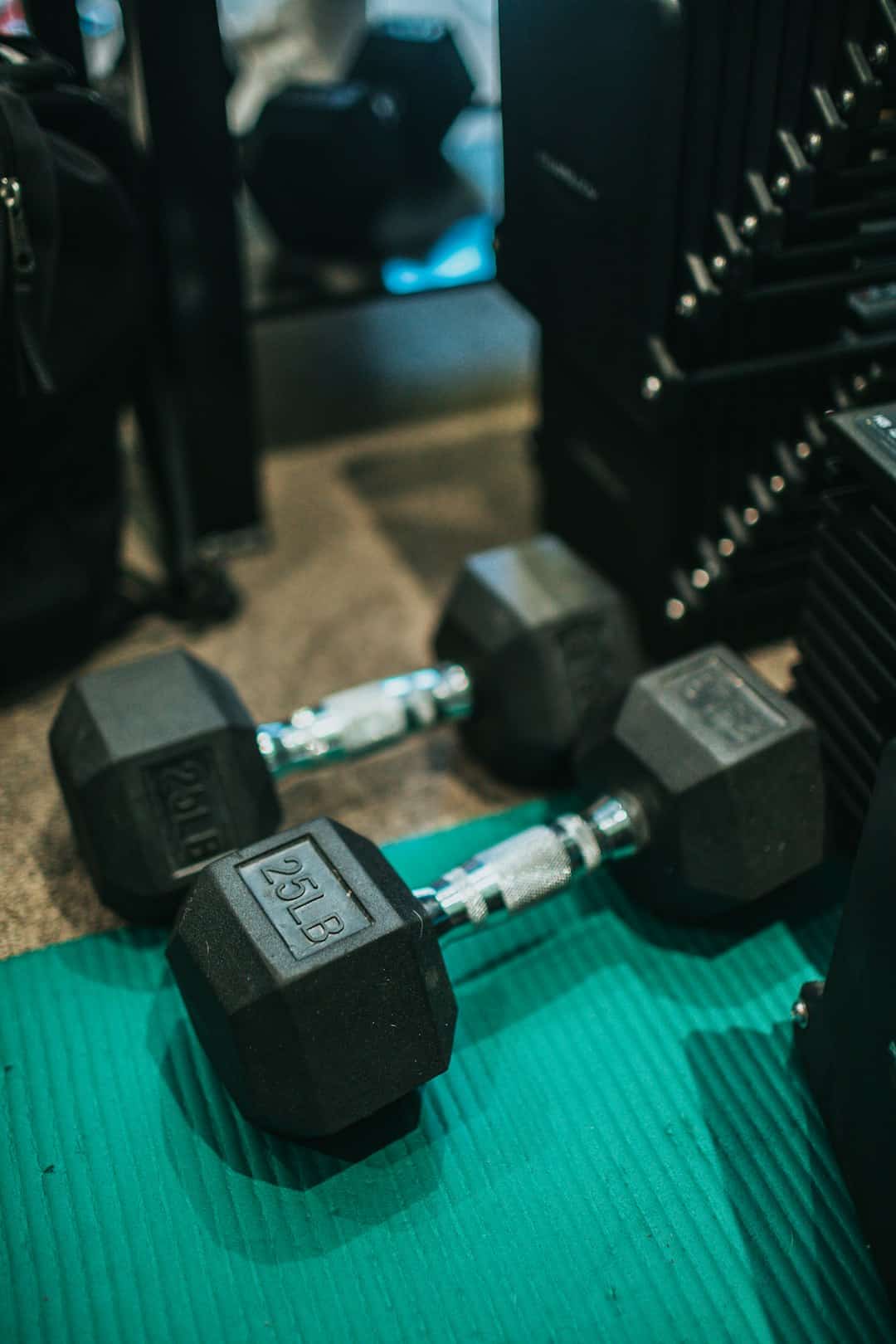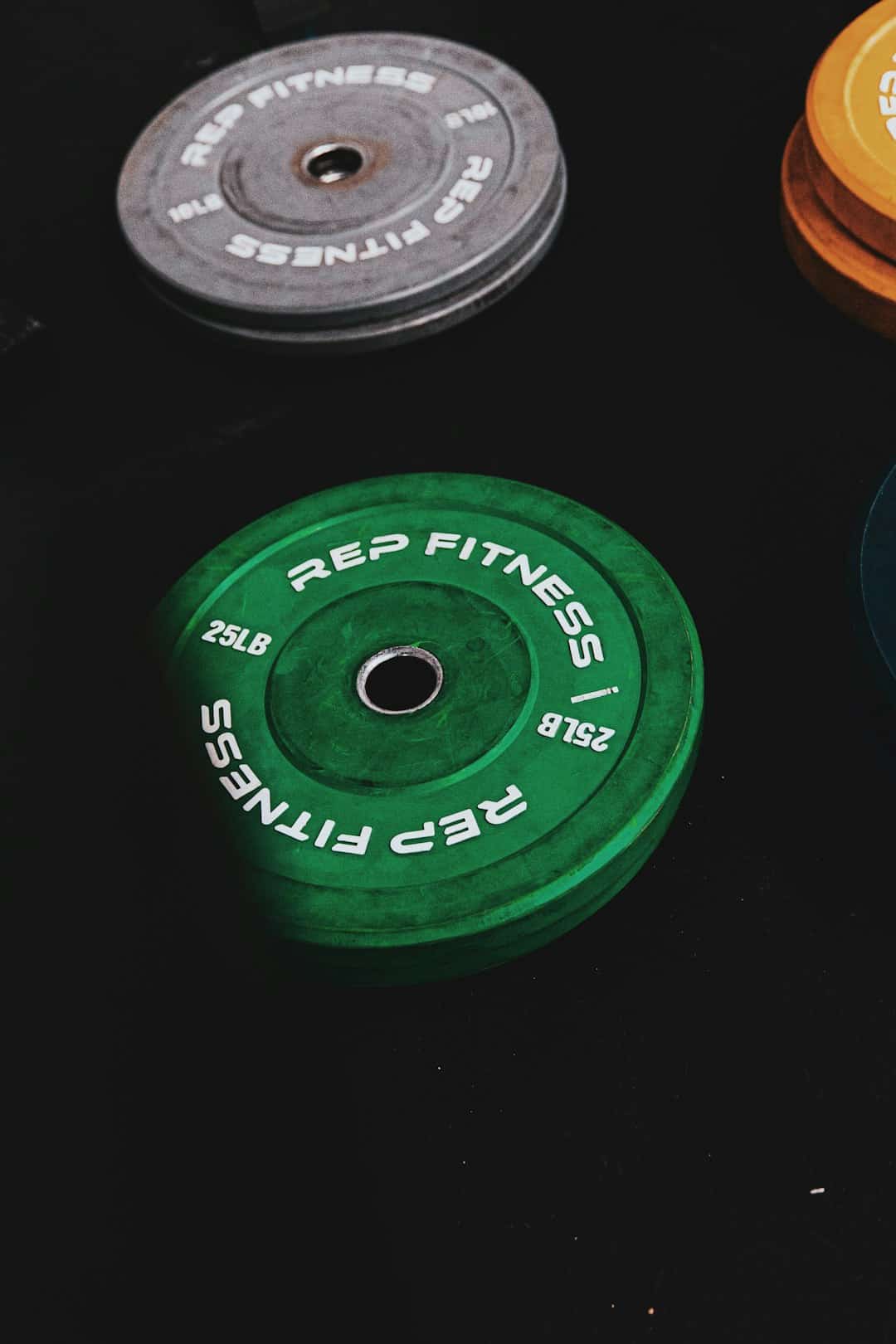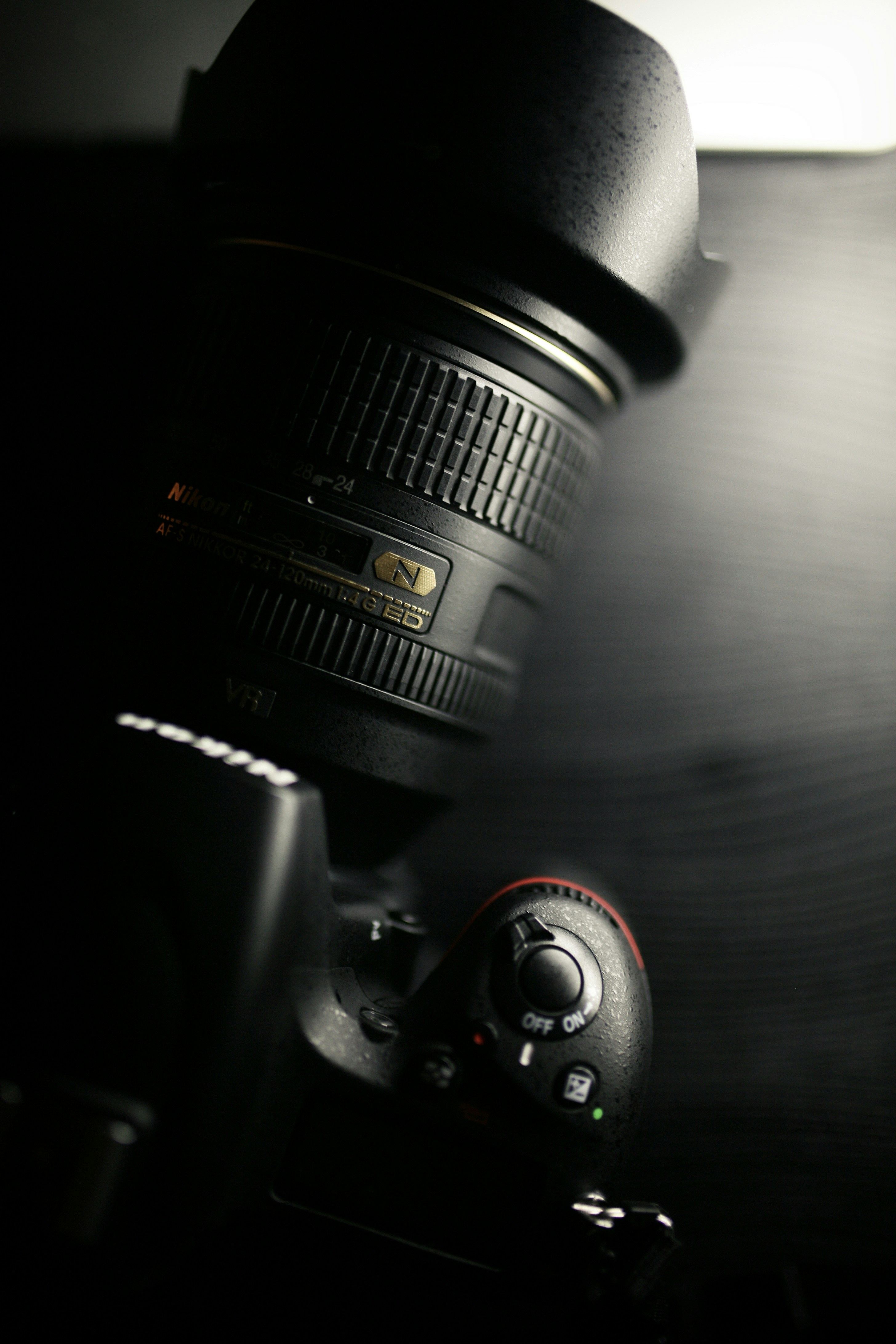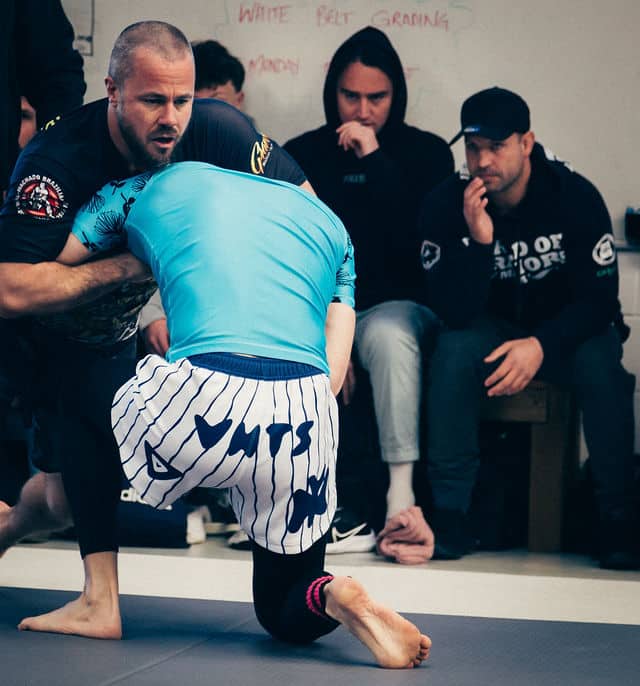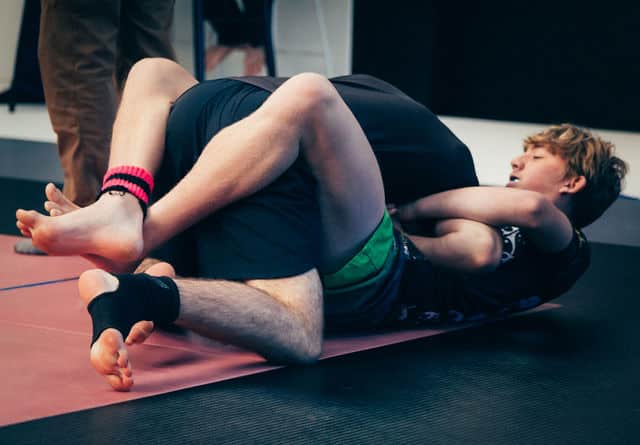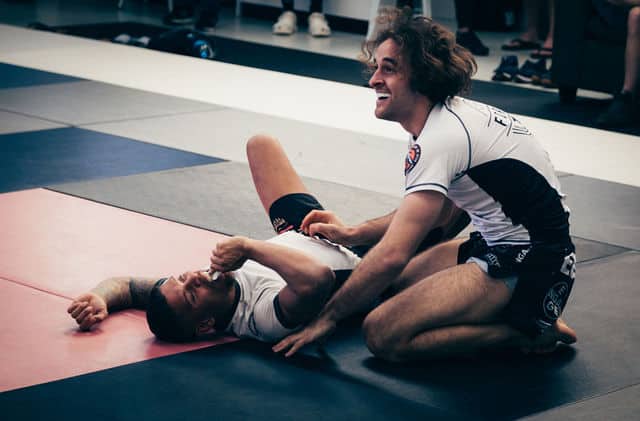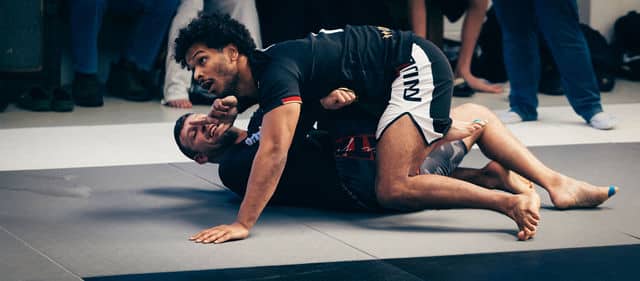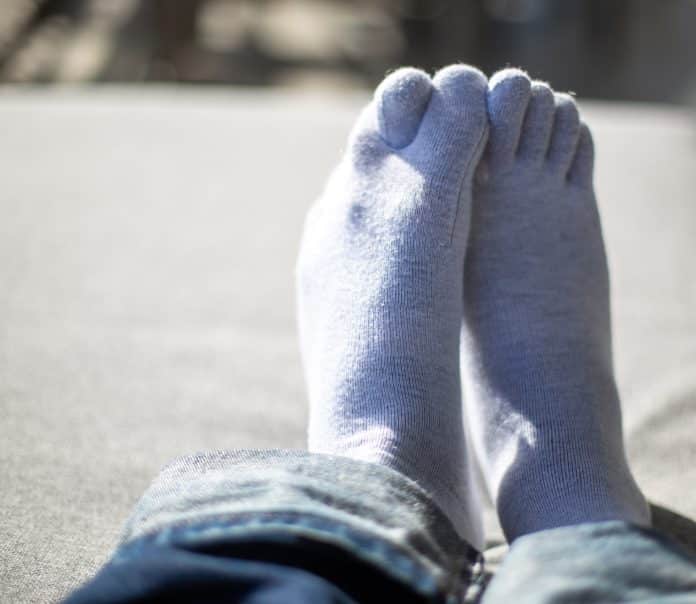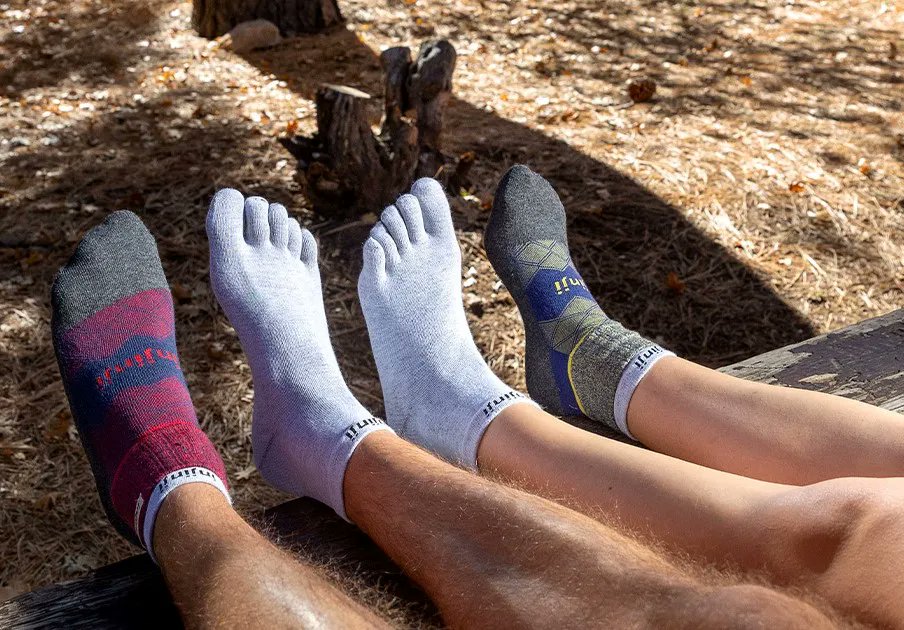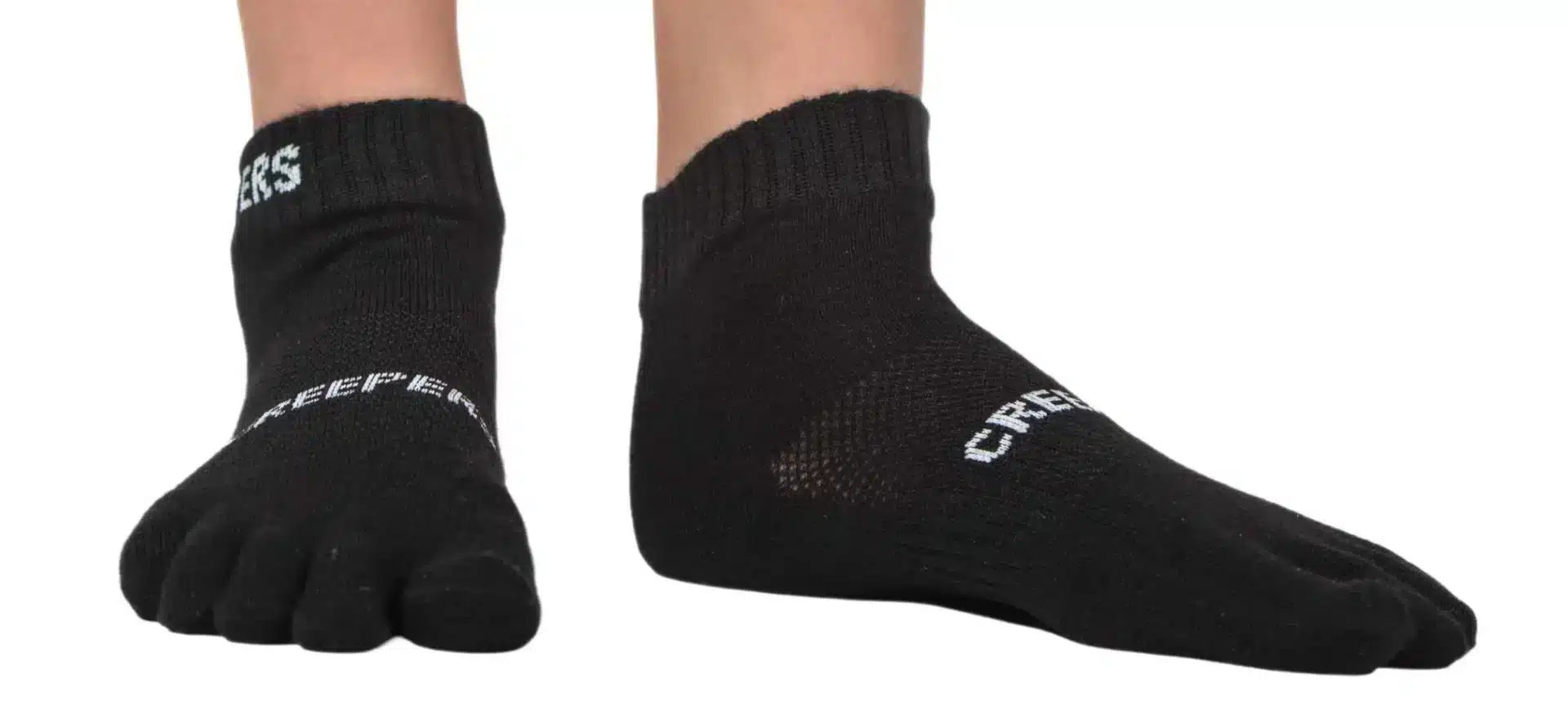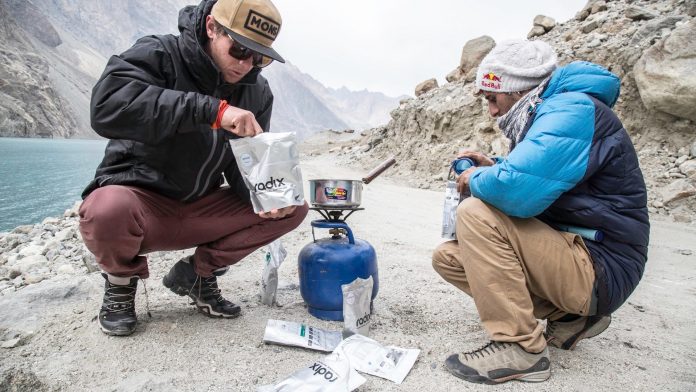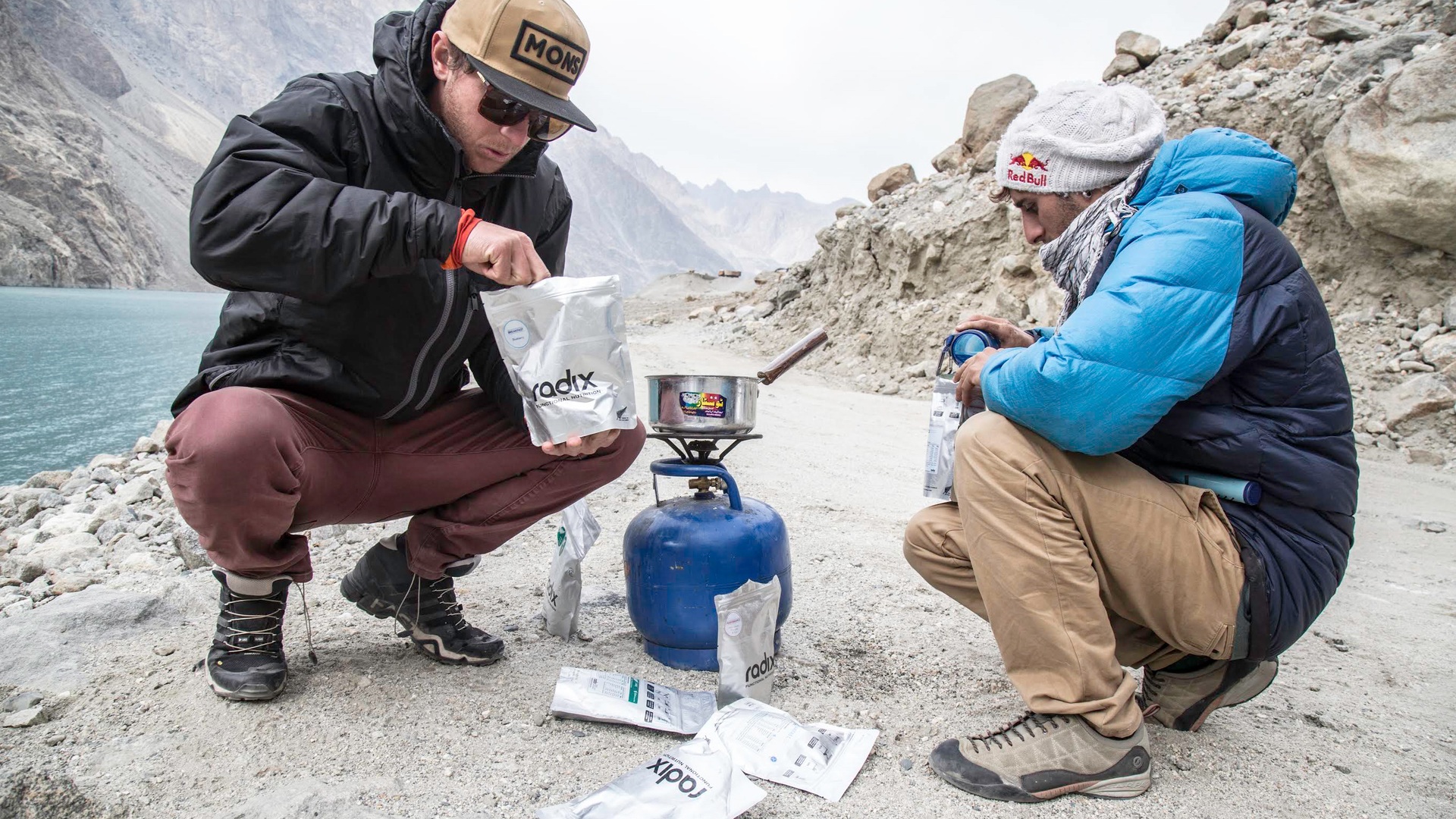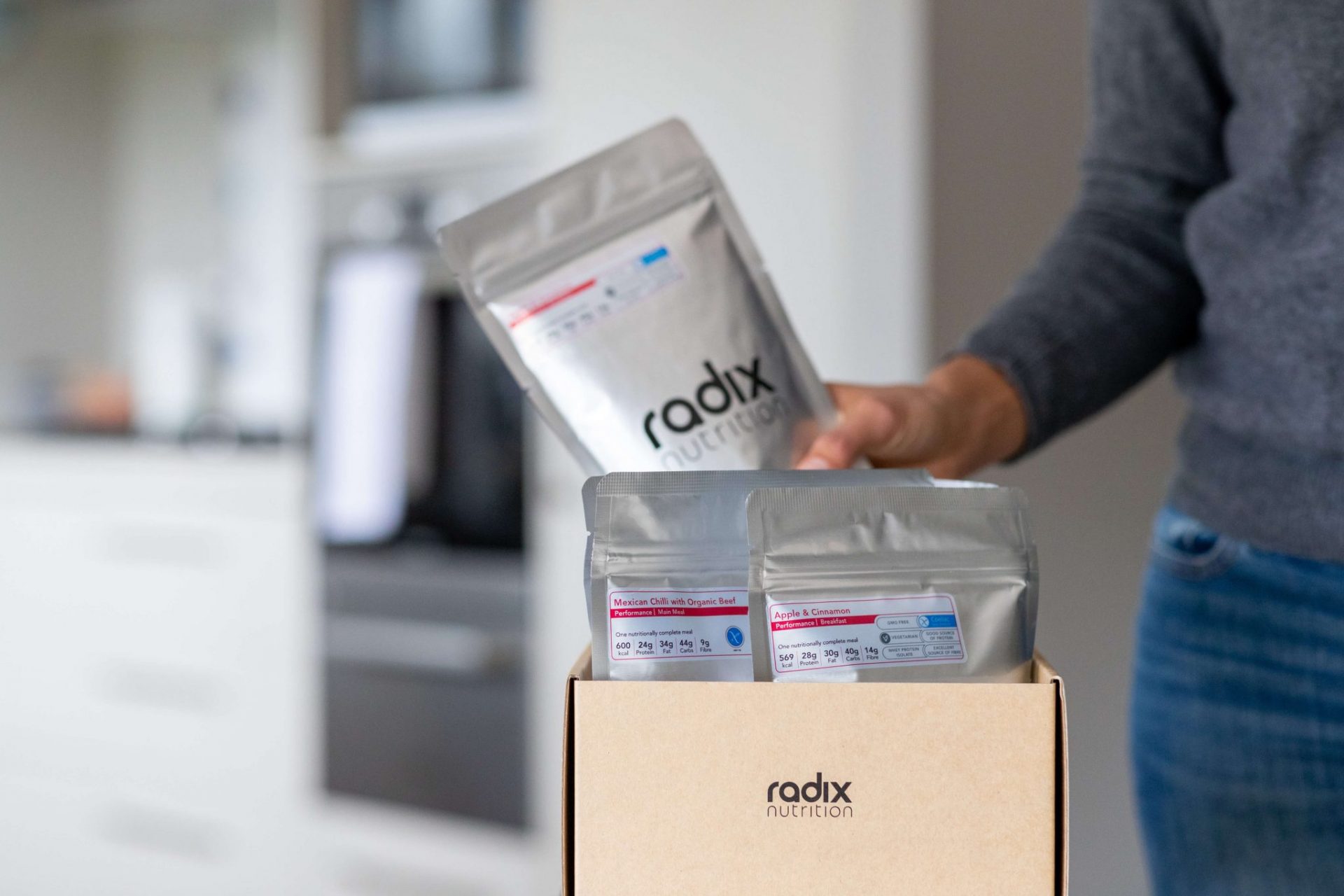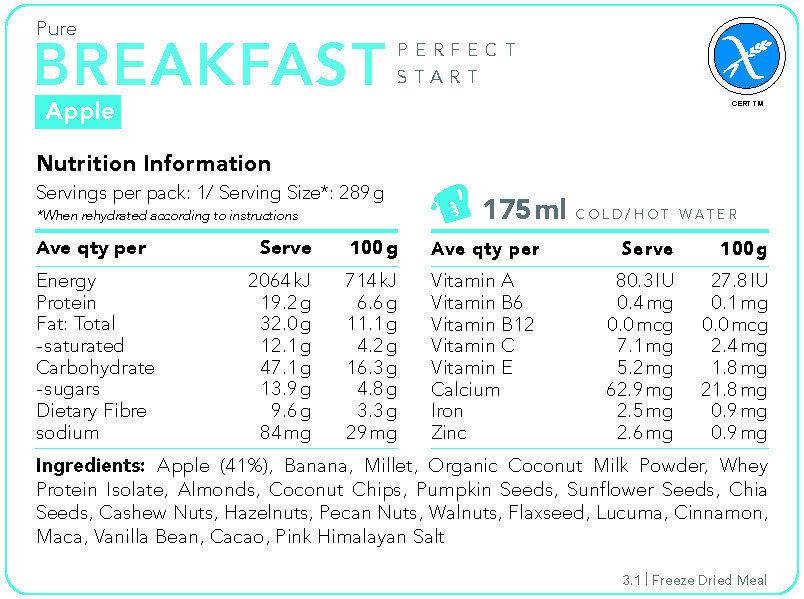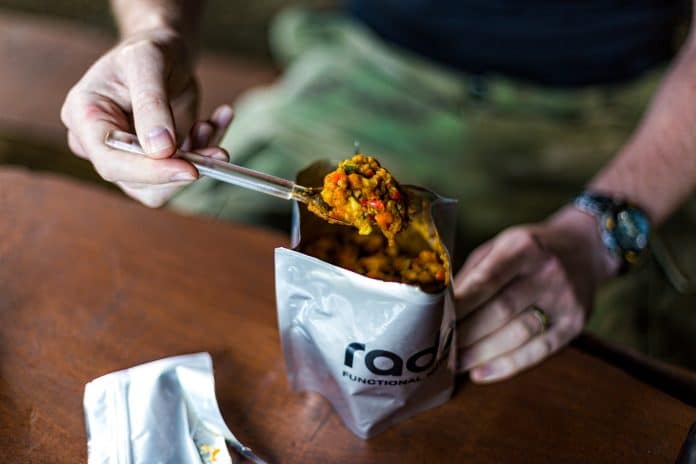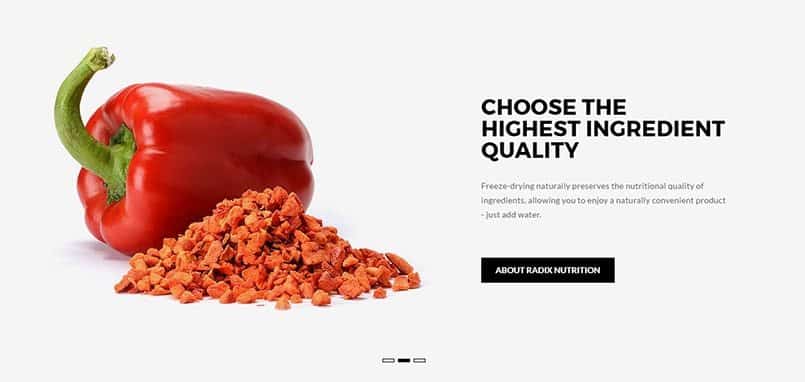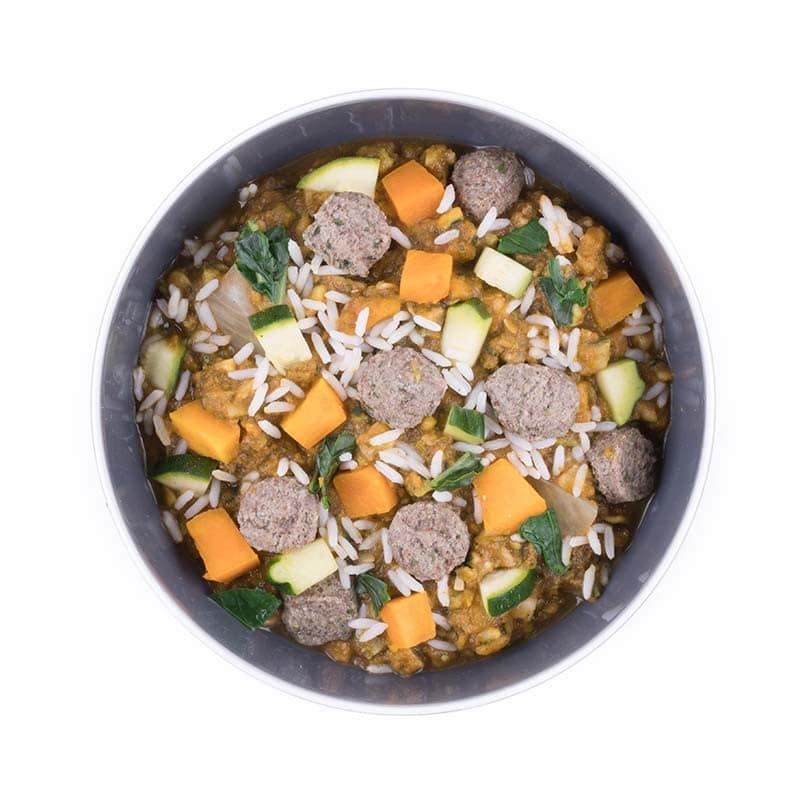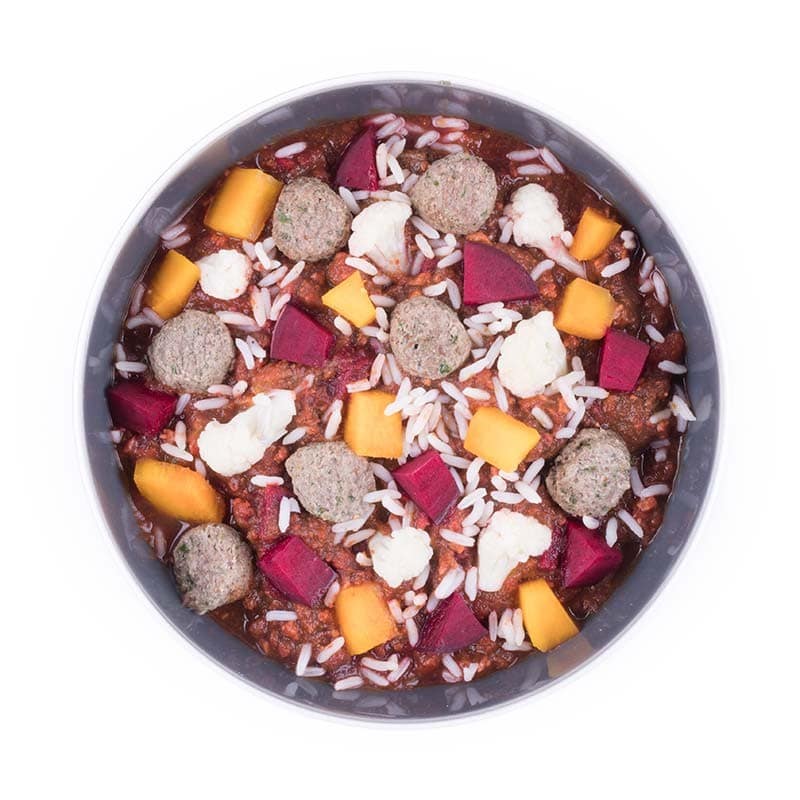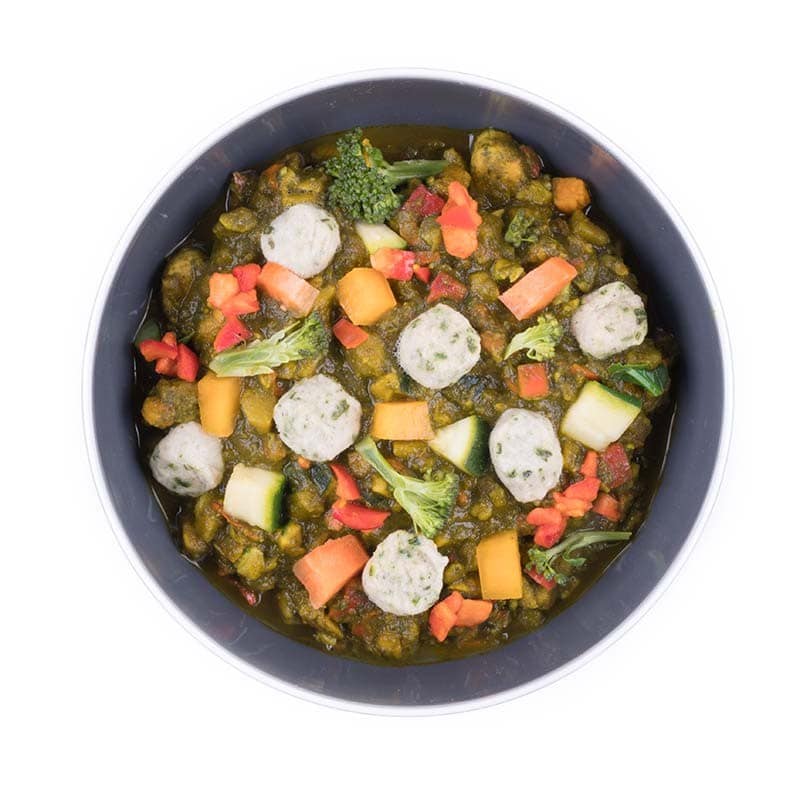That leads me to the perennial dilemma: brown or white rice? Each has its unique history, benefits, and potential drawbacks. And what about their grain cousins like rye and barley? Understanding the pros and cons of each option is crucial. Join me as I explore which type of rice, or perhaps an alternative grain, might be the best addition for someone looking to bolster their diet without going overly carb-heavy.
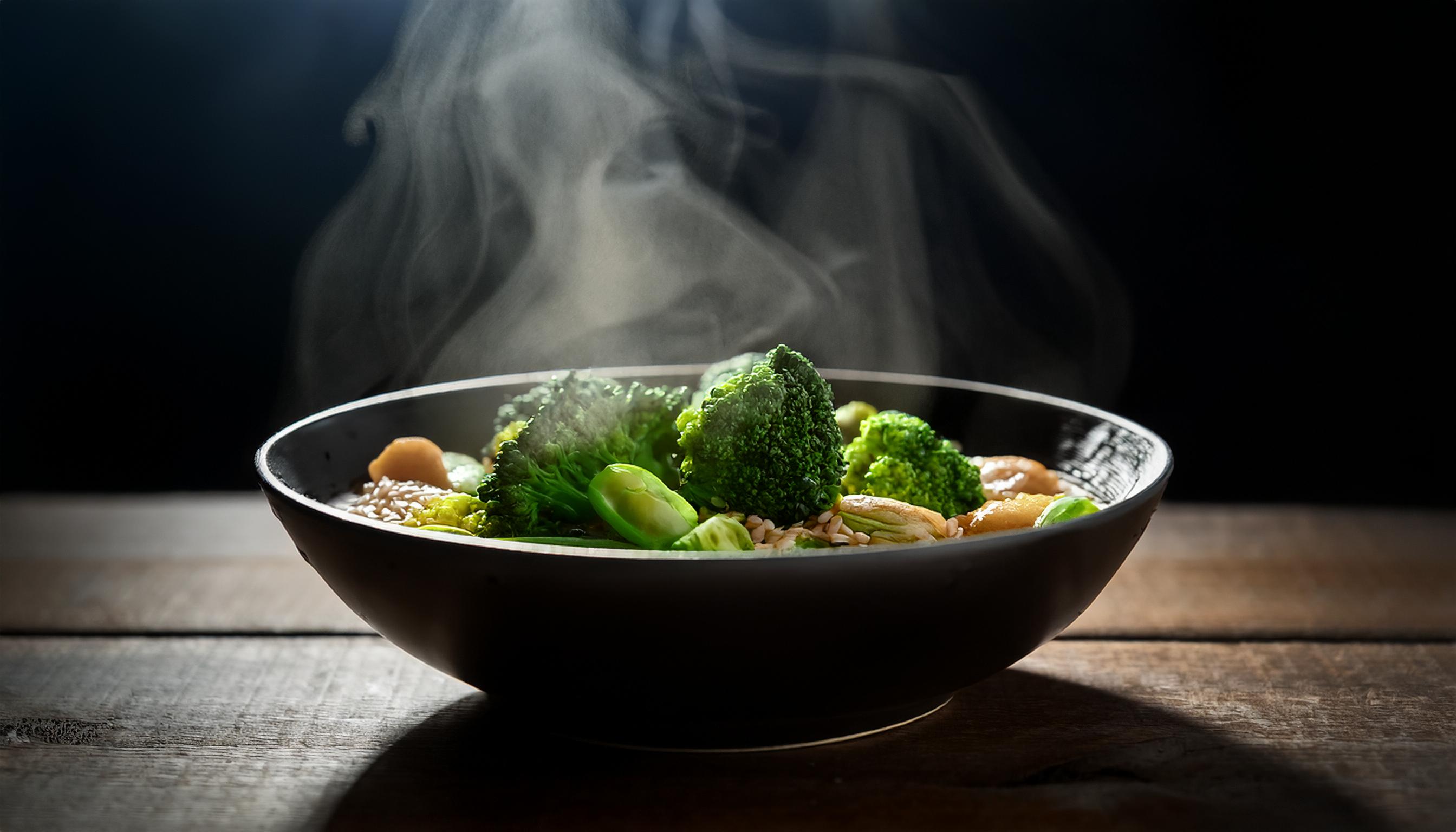 Incorporating Rice into Protein-Rich Meals
Incorporating Rice into Protein-Rich Meals
As I started reintroducing rice into my diet, I delved into how best to incorporate it into meals that align with my protein goals. Initially, I was drawn to white rice’s simplicity and quick-cooking nature. It was easy to prepare, and with a pinch of salt and a drizzle of olive oil, it transformed into a comforting base for my meals. Yet, I couldn’t ignore the allure of brown rice with its earthy undertones and significantly higher fibre content.
One of the simplest ways I found to integrate rice into a protein-rich meal was by pairing it with lean meats like grilled chicken or turkey. This combination provides a satisfying mix of proteins and carbohydrates and ensures a balanced intake that supports muscle recovery and energy levels. I often added steamed broccoli or sautéed spinach, which not only introduced a variety of textures but also helped round out the meal’s nutritional profile.
An eye-opening revelation for me was discovering how well rice pairs with legumes. Combining brown rice with black beans or chickpeas created a dish that was both hearty and full of flavour, not to mention packed with plant-based protein. Spices like cumin and paprika, alongside fresh herbs, transformed these simple ingredients into a culinary delight. This method became a staple, particularly for lunch, offering a perfect balance of energy and sustenance without the heaviness often associated with carb-laden meals.
I also experimented with stir-fries. I combined white rice with a medley of proteins such as prawns, tofu, or beef strips using white rice as a base. Adding in vegetables like bell peppers, snap peas, and carrots provided the necessary micronutrients and a satisfying crunch. Stir-frying the ingredients in a minimal amount of sesame oil, ginger, and garlic infused the entire dish with a fragrant aroma that quickly became a household favourite.
Integrating rice into protein-rich meals was akin to rediscovering an old friend. It proved versatile, adapting effortlessly to different cuisines and palates, whether the robust flavours of Asian stir-fries or the comforting bowls of rice and beans. This flexibility allowed me to enjoy my meals and ensure they aligned with my dietary needs, promoting both energy and satiety.
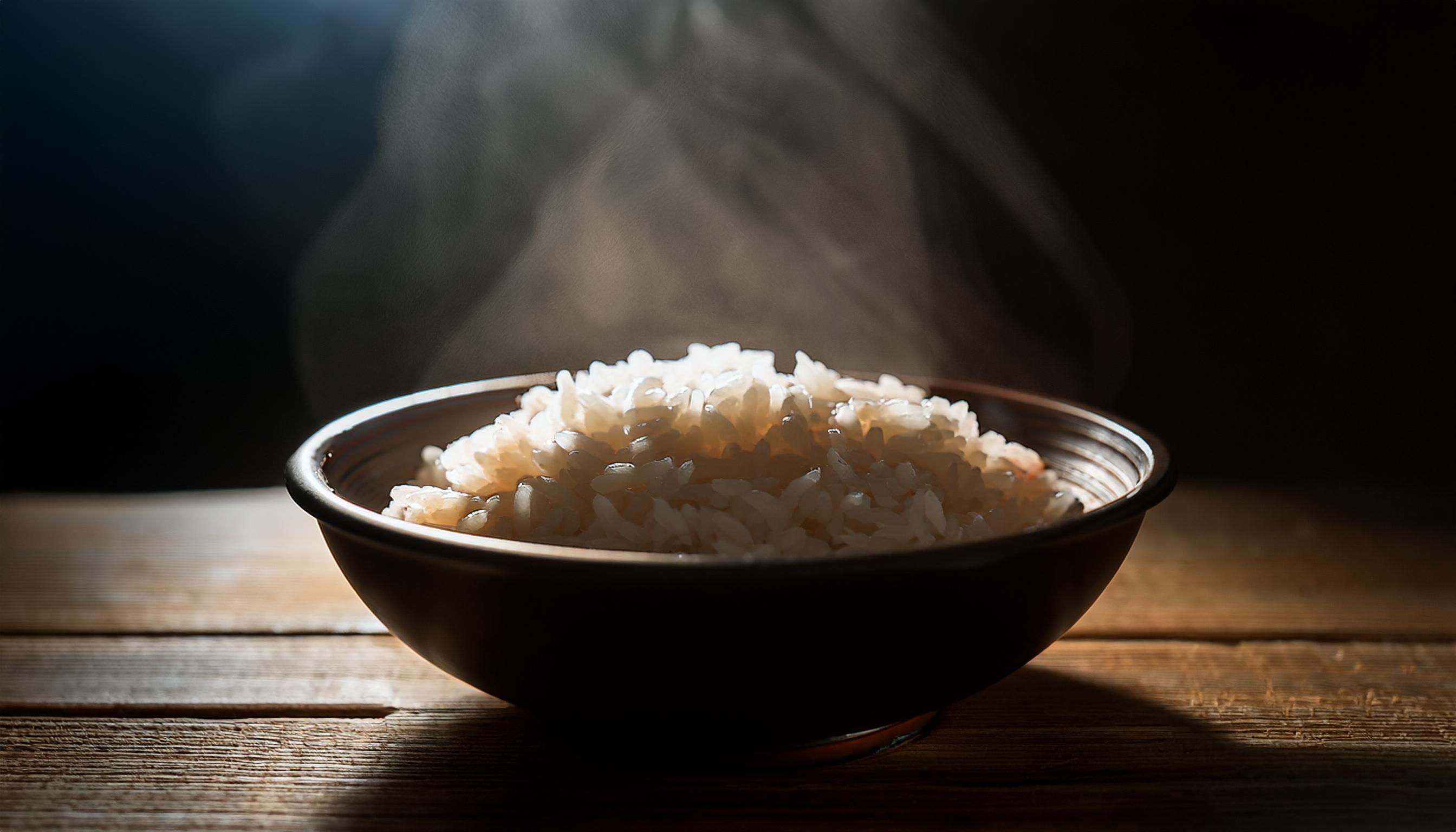 Comparing Nutrient Density: Brown vs. White Rice
Comparing Nutrient Density: Brown vs. White Rice
Regarding nutrient density, brown rice edges white rice in a few key ways. The defining difference between the two lies in their processing: brown rice retains its bran and germ, whereas white rice’s bran and germ are removed. This seemingly simple distinction has significant nutritional consequences.
Brown rice is a whole grain with more fibre, vitamins, and minerals than its white counterpart. It’s higher in magnesium, phosphorus, and B vitamins. Fibre, in particular, stands out as a winning trait of brown rice, aiding digestion and promoting a feeling of fullness – a crucial factor in balancing your intake without overloading on carbs.
White rice, however, is not devoid of benefits. It is often enriched to replace some of the lost nutrients, making it a decent option when prepared this way. White rice has a softer texture and subtler flavour, making it more versatile and agreeable for those who might find brown rice’s nutty taste and denser texture less appealing.
Ultimately, the decision between brown and white rice should align with your nutritional needs and taste preferences. If you’re seeking a modest boost in fibre and micronutrients, brown rice is the superior choice. However, if you prioritise a grain that complements a variety of dishes without overwhelming the palate, enriched white rice remains a viable, nutritious option. I mean, despite what people might like to allude to – it’s not the case that Brown Rice is vastly superior to white.
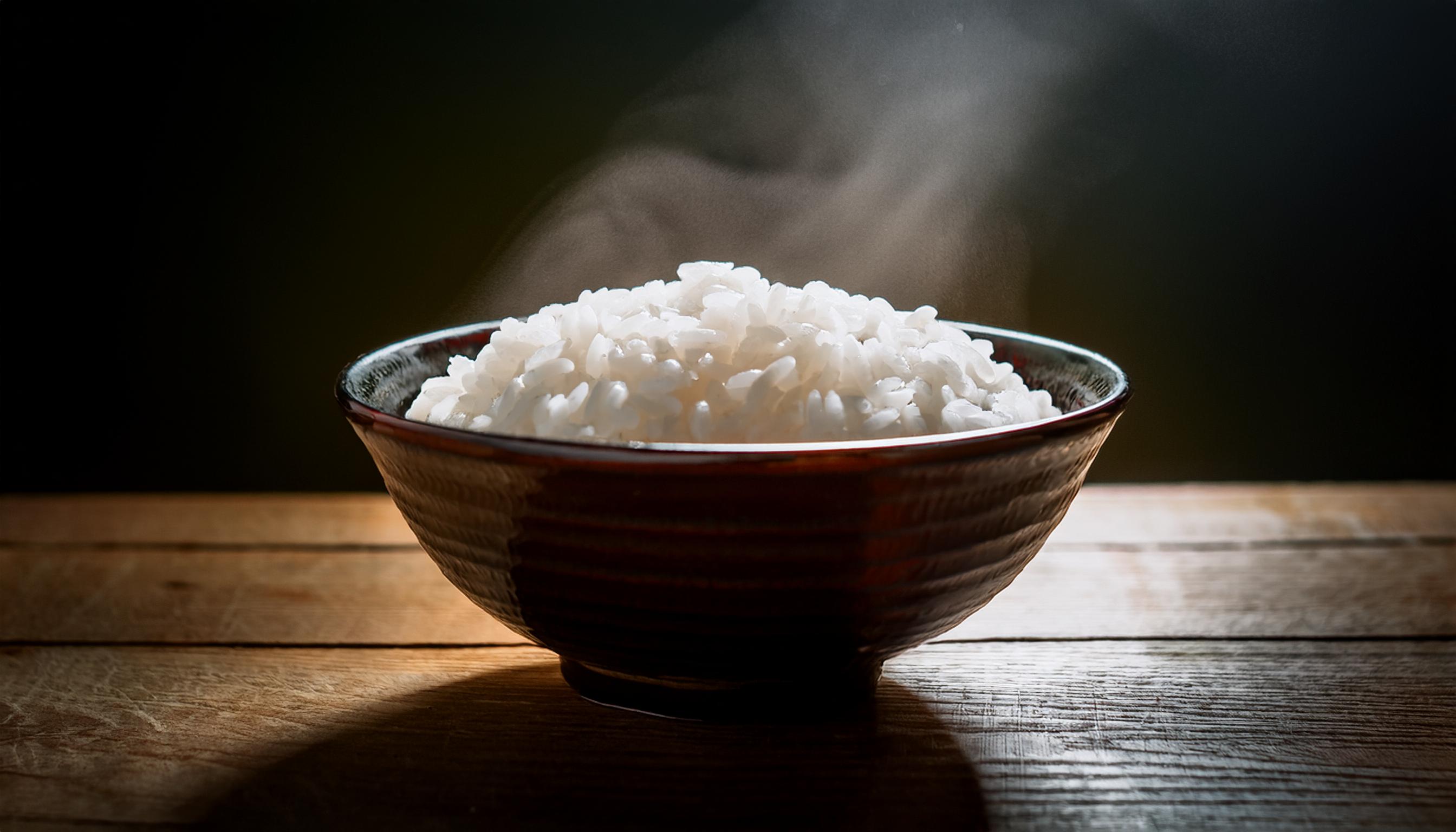 Carbohydrate Content and Glycaemic Index
Carbohydrate Content and Glycaemic Index
Reflecting on the glycaemic index (GI) is essential when considering the impact of different types of rice on blood sugar levels. The glycaemic index measures how quickly a carbohydrate-containing food raises blood sugar levels. Foods with a high GI can cause rapid spikes, which may concern those mindful of their blood sugar stability, like me. White rice, with its GI of 72, is considered high. This means it can lead to a quicker and more significant increase in blood sugar levels compared to brown rice, which has a GI of 50.
After listening to Layne Norton’s insights, I realised that the structure of my diet does not need to be rigidly low-carb. Instead, I can fuel my body efficiently without causing drastic blood sugar spikes by incorporating a balanced amount of rice into protein-rich meals. Brown rice, with its lower glycemic index, seems to be the better option. Its intake leads to a slower and more gradual rise in blood sugar levels, which aligns better with my goal of maintaining energy levels without experiencing energy crashes.
Another intriguing discovery was that cooking rice the day before and storing it in the refrigerator overnight can reduce its GI. This simple method could be a game-changer for those keen on managing blood sugar levels. It essentially transforms even white rice into a more blood sugar-friendly option. I find this particularly useful for meal prepping, as it allows me to prepare large batches of rice while mitigating its glycaemic impact.
Considering these aspects, while white rice has the convenience of quick cooking and a softer texture, the higher GI gives me pause. Brown rice, despite requiring more cooking time, offers more stabilising blood sugar levels and provides sustained energy. This attribute, combined with its higher fibre content, makes it a more appealing choice for those who do not want to compromise on their health goals while reintroducing carbohydrates into their diet.
Phytic Acid
In my journey towards a healthier lifestyle, I discovered that brown rice and various whole grains contain phytic acid. This little compound, often overlooked, can bind itself to essential minerals like zinc, calcium, iron, and magnesium. As a result, it can hinder our body’s ability to absorb these crucial nutrients effectively. It’s quite a revelation when you think about it.
Phytic acid resides in the bran of the grain. Interestingly, when we process white rice, we strip away the bran and, with it, the phytic acid. It’s one of those rare moments where refining food might present a hidden advantage. Reflecting on this made me realise the complexities of our food choices and how they impact our nutrition.
However, this isn’t to say that white rice outshines its whole-grain counterparts nutritionally. The bran and germ removed during refining also contain essential nutrients like fibre, vitamins, and minerals. While reducing phytic acid might enhance mineral absorption, it can also mean missing out on these valuable elements. Balancing our diet with a mix of whole and refined grains can sometimes be the key to allowing us to benefit from their unique advantages.
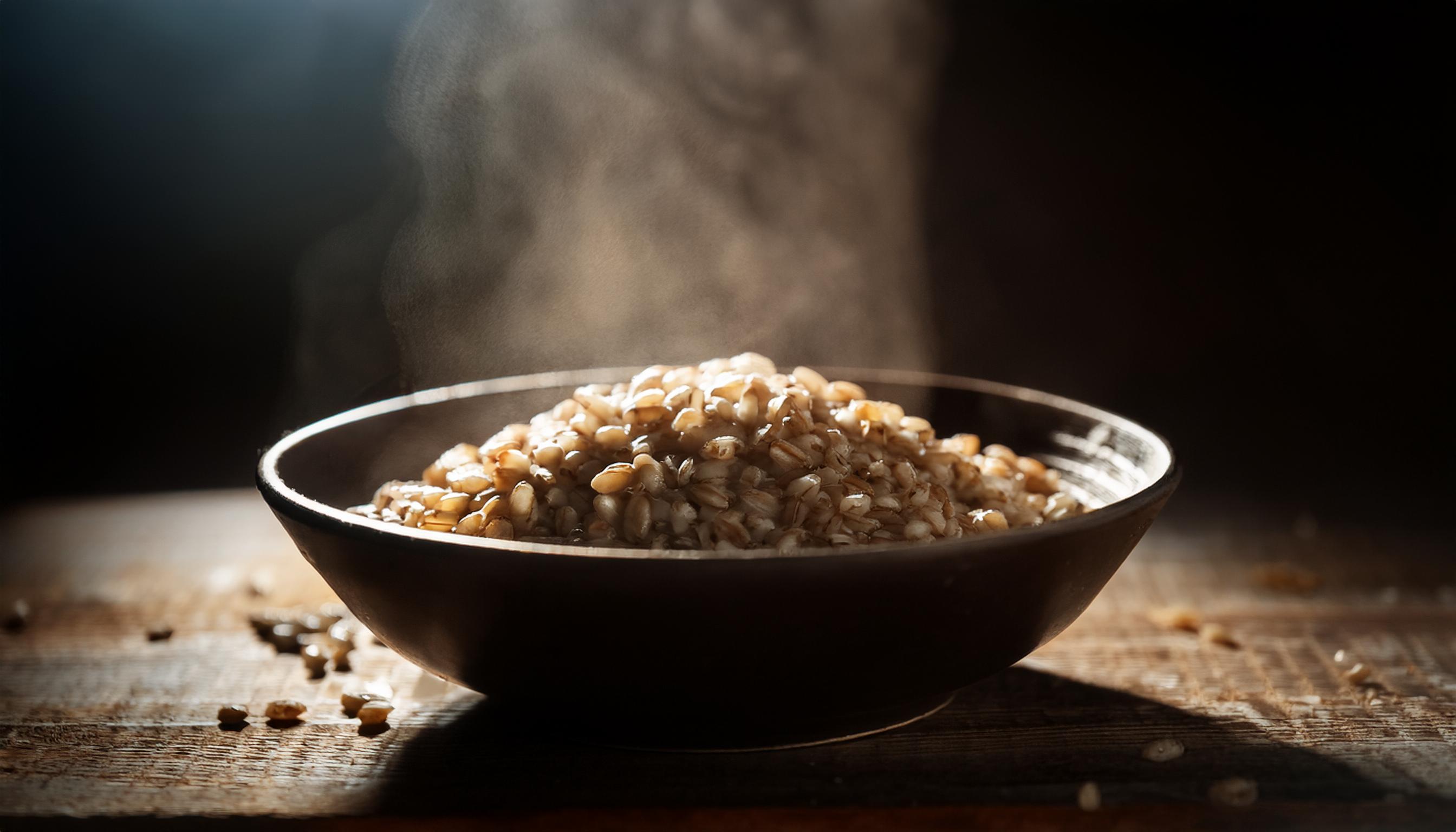 Alternatives to Rice: Exploring Rye and Barley
Alternatives to Rice: Exploring Rye and Barley
While rice remains a staple in many diets, exploring alternatives such as rye and barley can add variety and nutritional benefits to your meals. Rye, known for its dense, hearty texture and deep flavour, is often used in bread and can be a great substitute in grain-based salads or soups. Conversely, Barley is slightly chewy with a nutty taste and is ideal for soups, stews, or even as a risotto base.
One of the critical benefits of rye is its higher fibre content compared to brown and white rice. This can aid digestion, promote satiety, and help regulate blood sugar levels. In addition, rye is rich in antioxidants and several essential minerals, including manganese, selenium, and phosphorus. If you’re looking to reduce carbs but still want a grain that keeps you feeling full, rye could be a suitable alternative.
Barley also boasts impressive nutritional credentials. It is packed with soluble fibre, which is known to help lower cholesterol levels and improve heart health. Barley contains a spectrum of vitamins, such as B vitamins, and minerals, including magnesium and selenium, making it a nutrient-dense choice. Barley’s versatility is another advantage—it can be used in various dishes, from hearty casseroles to light salads, offering a balance of energy and nourishment.
Integrating rye and barley into your diet can provide a broader range of nutrients and flavours. It’s not about entirely replacing rice but complementing your meals with different grains to achieve a balanced and diverse diet. Experimenting with these alternatives may offer health benefits and culinary delight, making your protein-rich meals more exciting and fulfilling.
Energy Levels and Satiety: Brown vs. White Rice
In my journey of reintroducing carbs, I discovered that energy levels and satiety play a massive role in my daily well-being. Brown rice, with its intact bran and germ layer, offers a more complex, slow-digesting carbohydrate profile than its white counterpart. This means it releases energy gradually, providing a steadier fuel stream throughout the day. I’ve noticed that meals incorporating brown rice keep me fuller for longer, which is a significant advantage when trying to avoid the temptation of mid-afternoon snacks.
White rice, while often more accessible to digest due to its refined nature, can cause quicker spikes in blood sugar levels. This can be a double-edged sword, depending on your needs. White rice could be beneficial if you’re looking for a quick energy boost before a workout. However, the subsequent drop in blood sugar might lead to energy crashes, something I’ve learned the hard way during busy workdays when sustained energy is crucial.
Satiety is another crucial aspect to consider. The fibre content in brown rice not only aids digestion but also helps achieve a feeling of fullness. I’ve found that integrating brown rice into my diet has significantly reduced my need for large portions. On the other hand, white rice, lacking this fibre, may require more to achieve the same level of satiety. This can be particularly disadvantageous if you’re monitoring your calorie intake closely.
Ultimately, the choice between brown and white rice hinges on what you need from your meal. Do you need sustained energy and prolonged satiety? Brown rice might be your best bet. Are you looking for quick fuel and easy digestion? White rice could suit your needs better. I’ve found a balance by incorporating both into my diet, using brown rice for most meals while reserving white rice for specific situations where rapid energy is a priority.
| Nutritional Component | Brown Rice (per 100g) | White Rice (per 100g) |
|---|---|---|
| Calories | 111 kcal | 130 kcal |
| Carbohydrates | 23.0 g | 28.0 g |
| Protein | 2.6 g | 2.4 g |
| Fat | 0.9 g | 0.3 g |
| Fibre | 1.8 g | 0.4 g |
| Glycaemic Index | 50 | 72 |

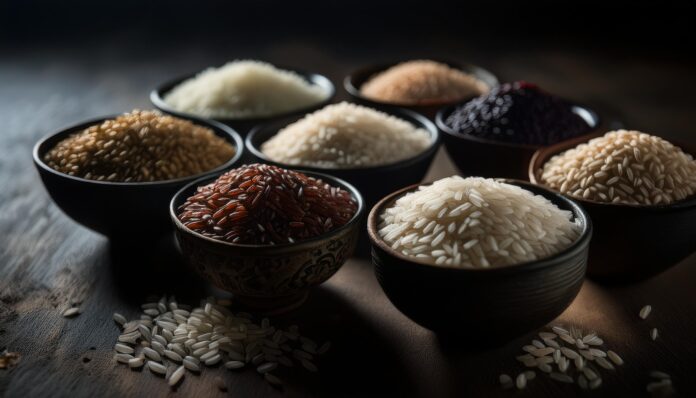
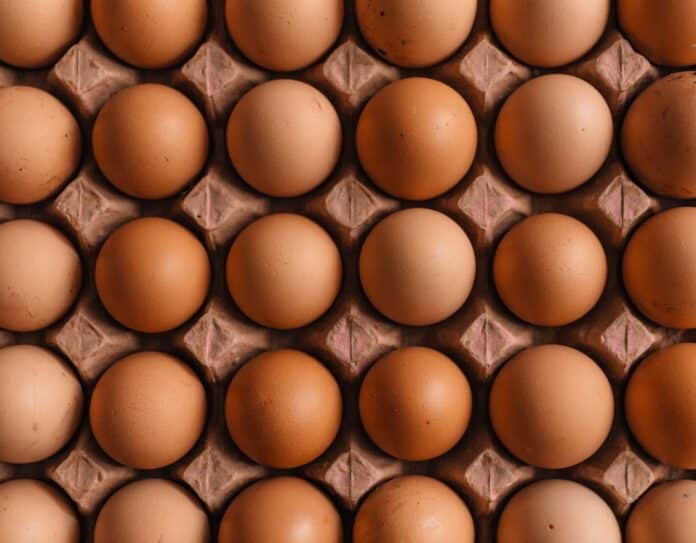






 Step-by-Step Guide to Activating Emergency SOS via Satellite
Step-by-Step Guide to Activating Emergency SOS via Satellite Enhancing Your Safety: Complementary Apps and Features
Enhancing Your Safety: Complementary Apps and Features